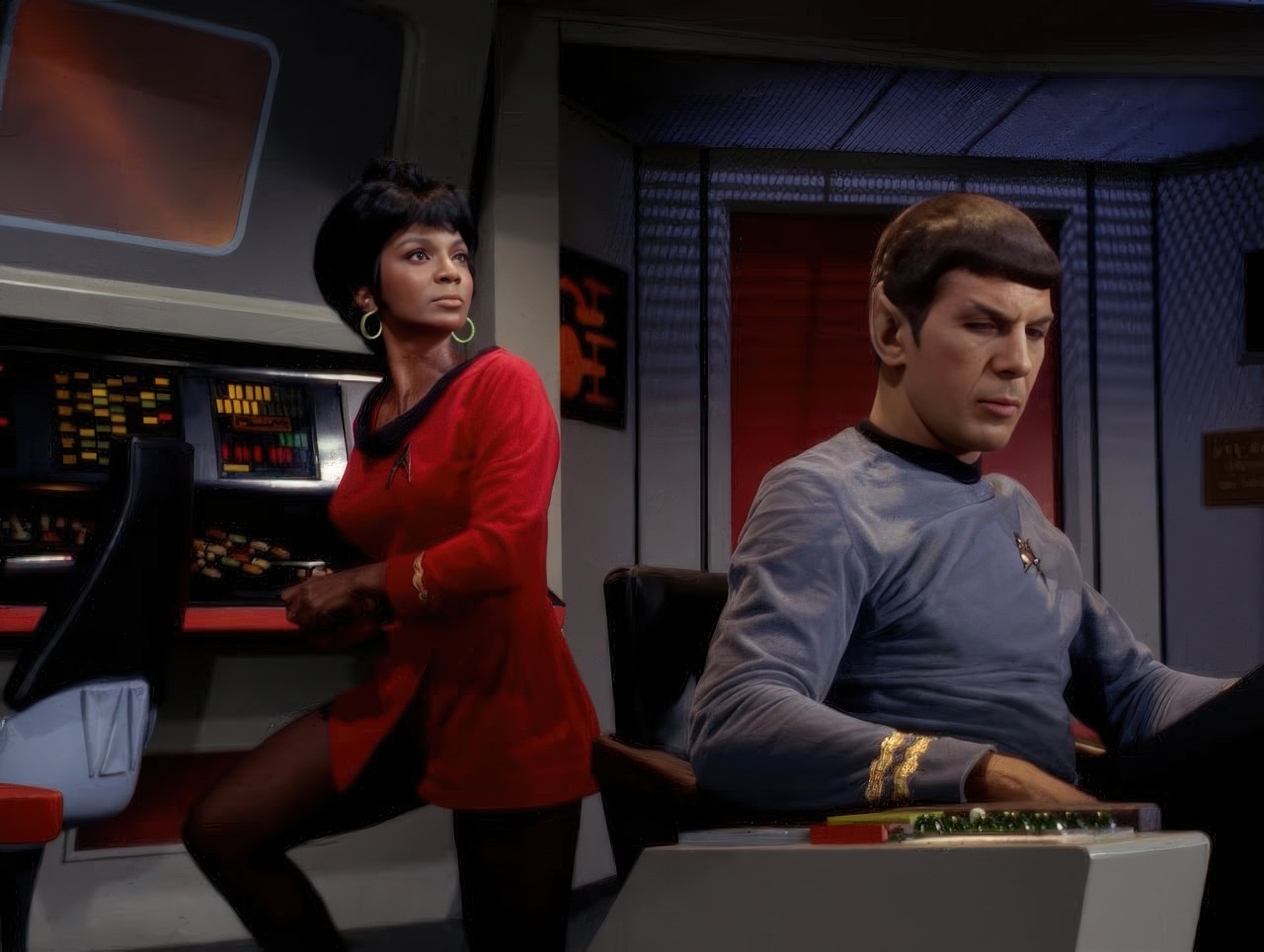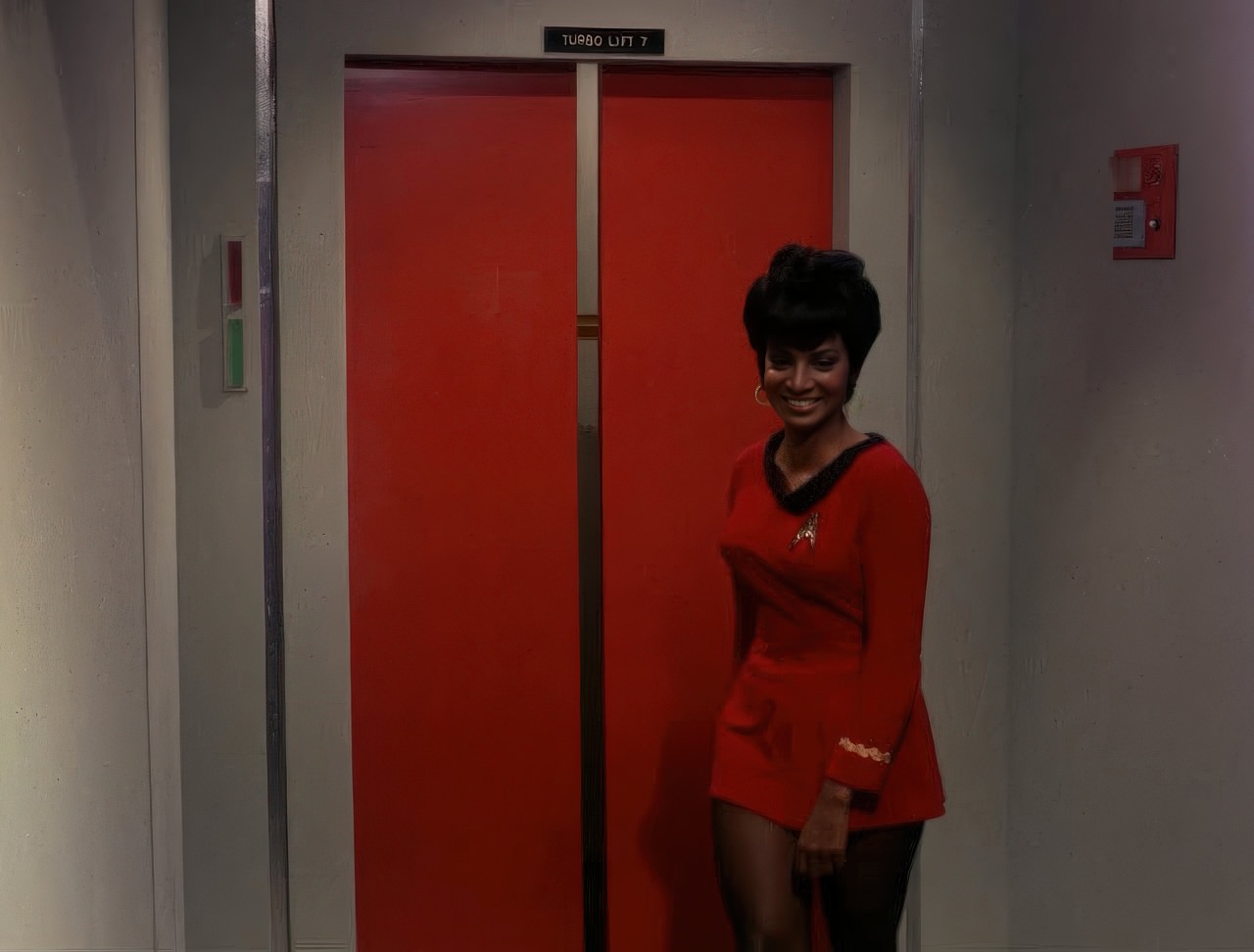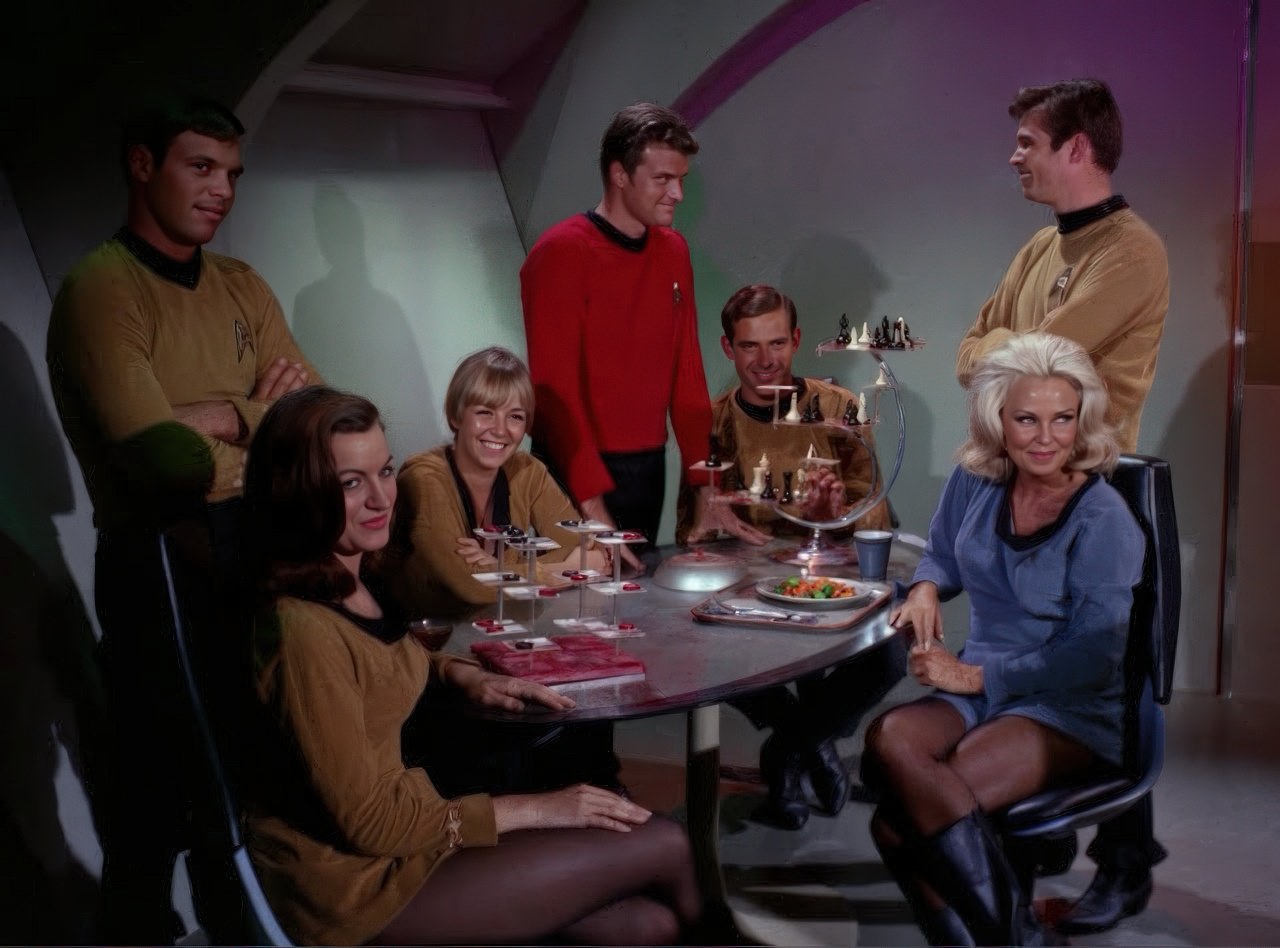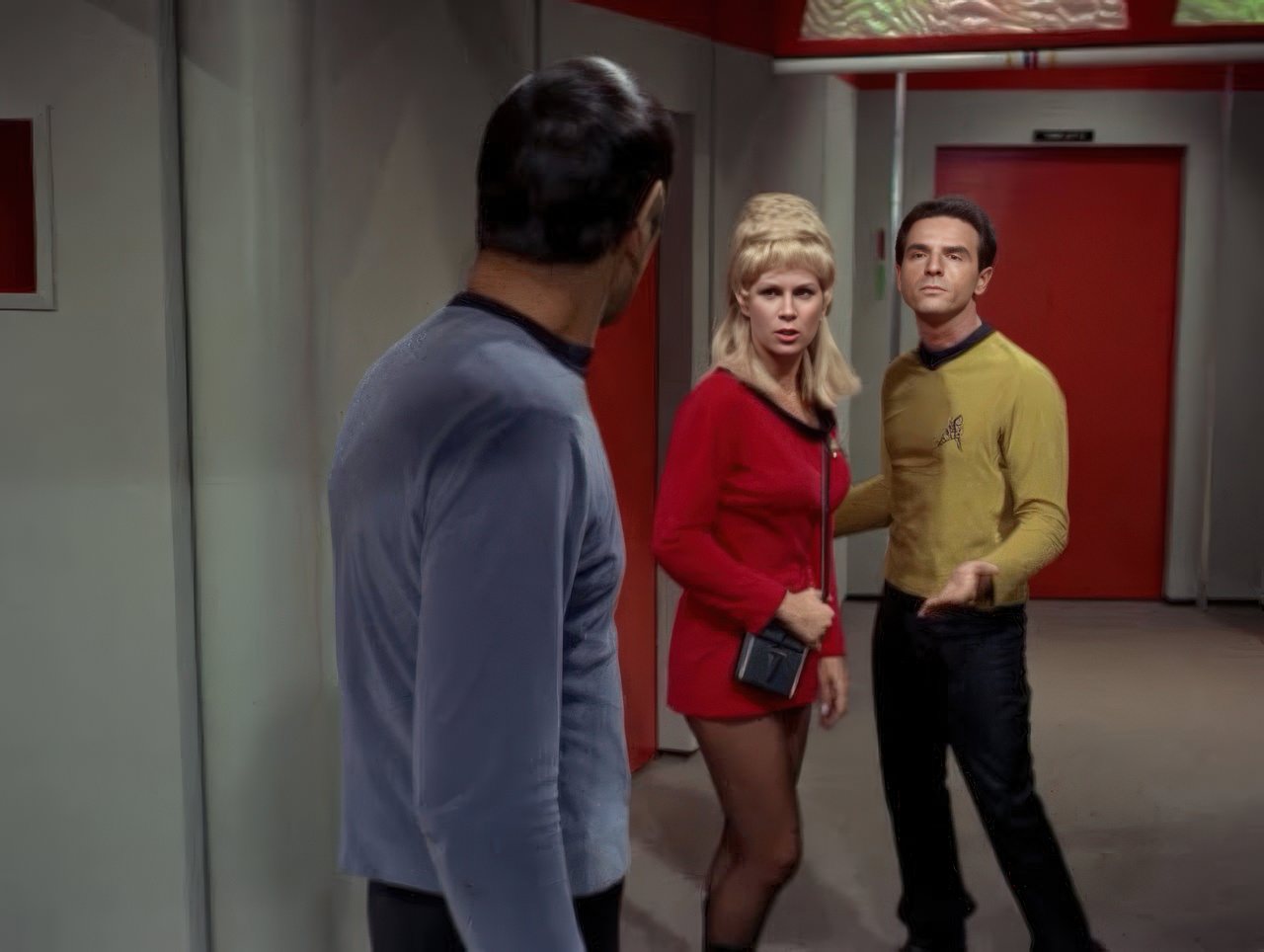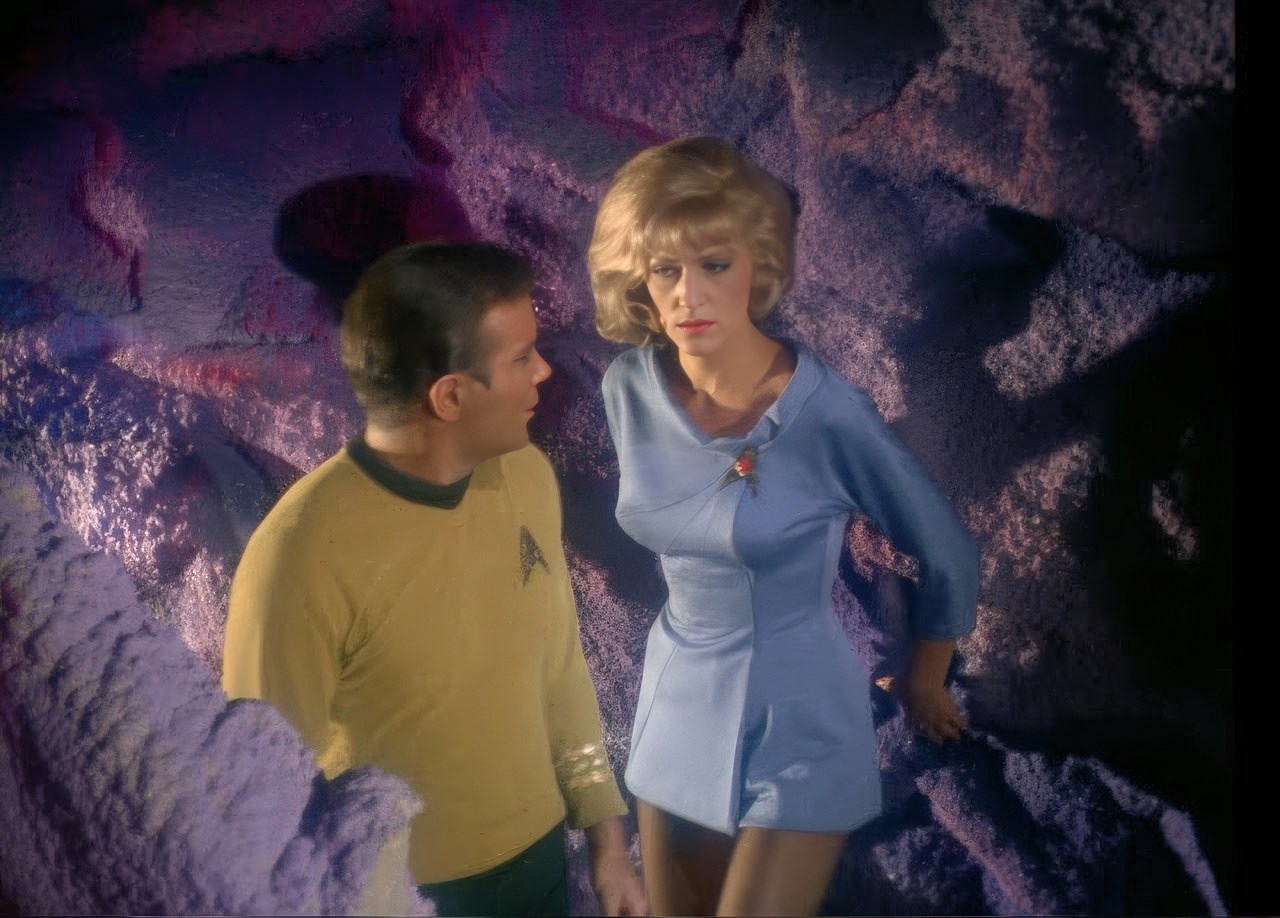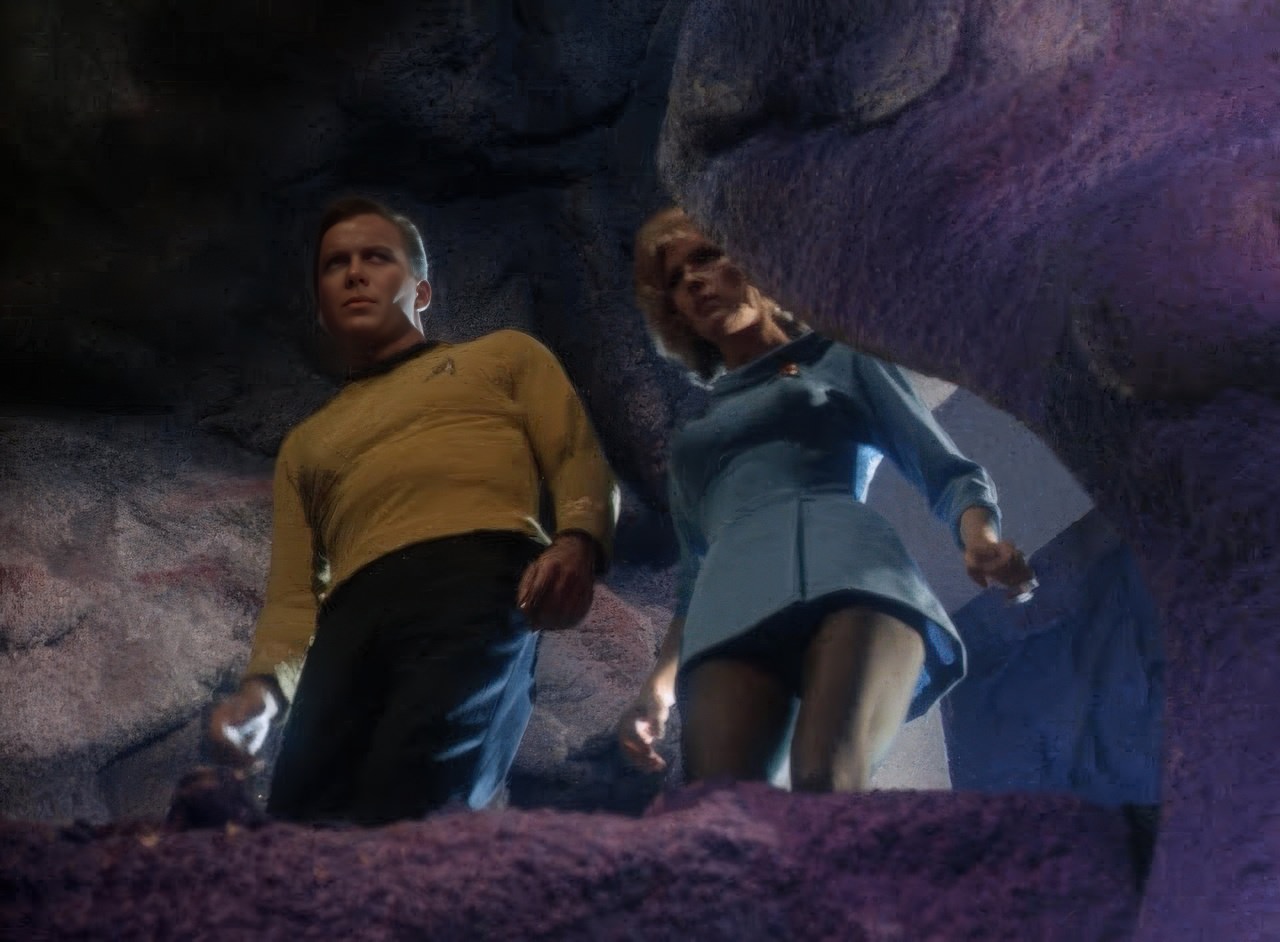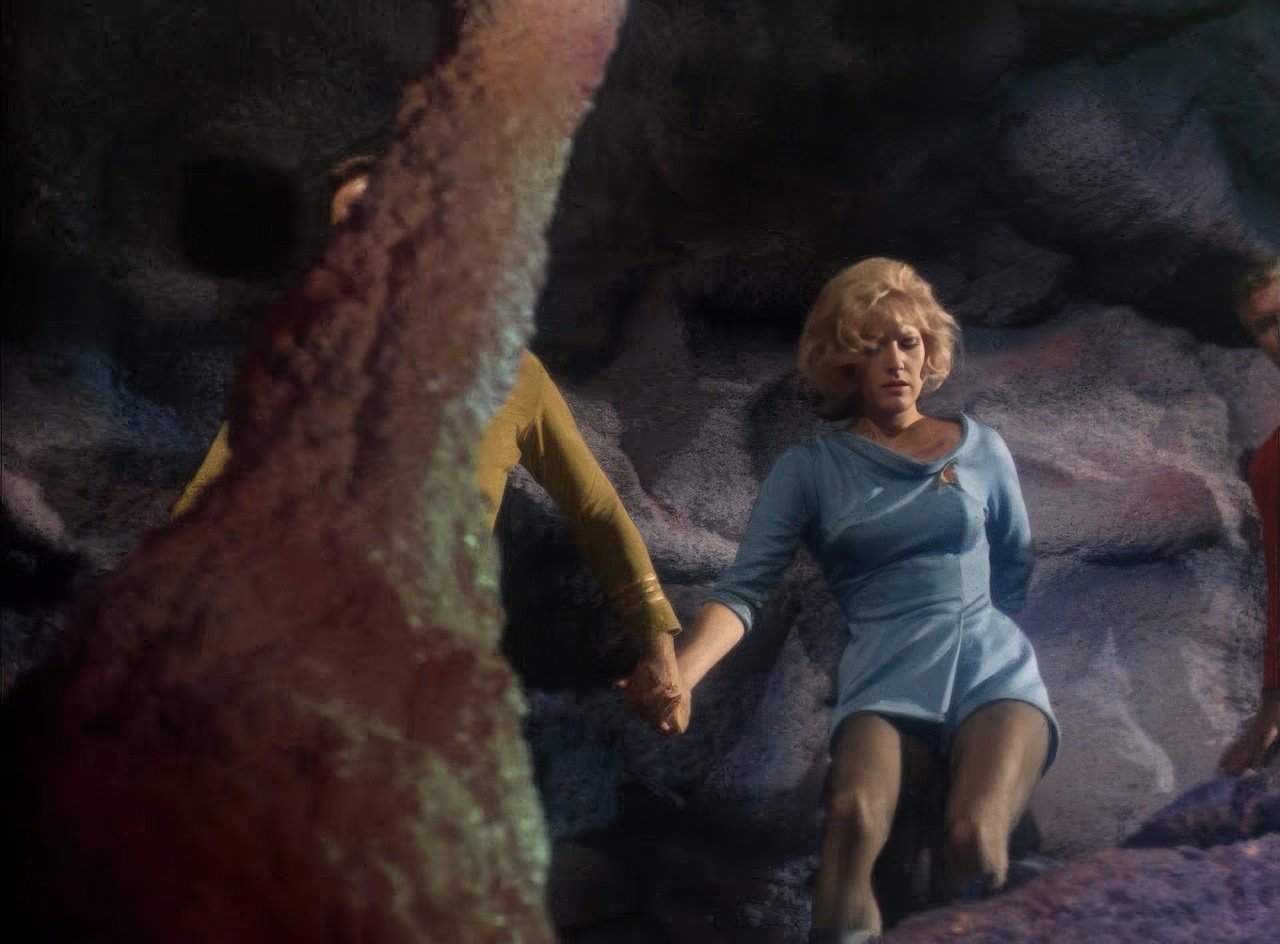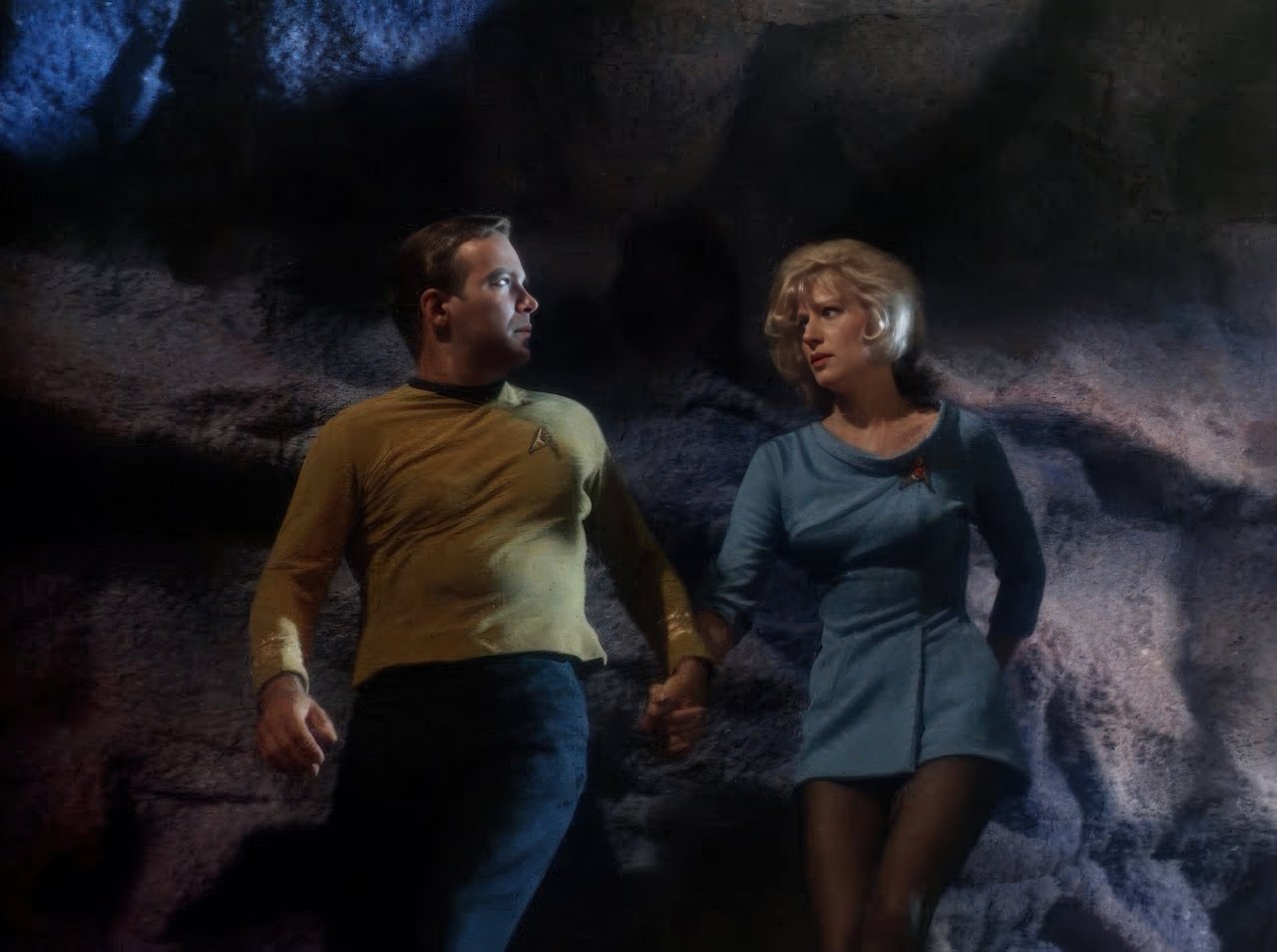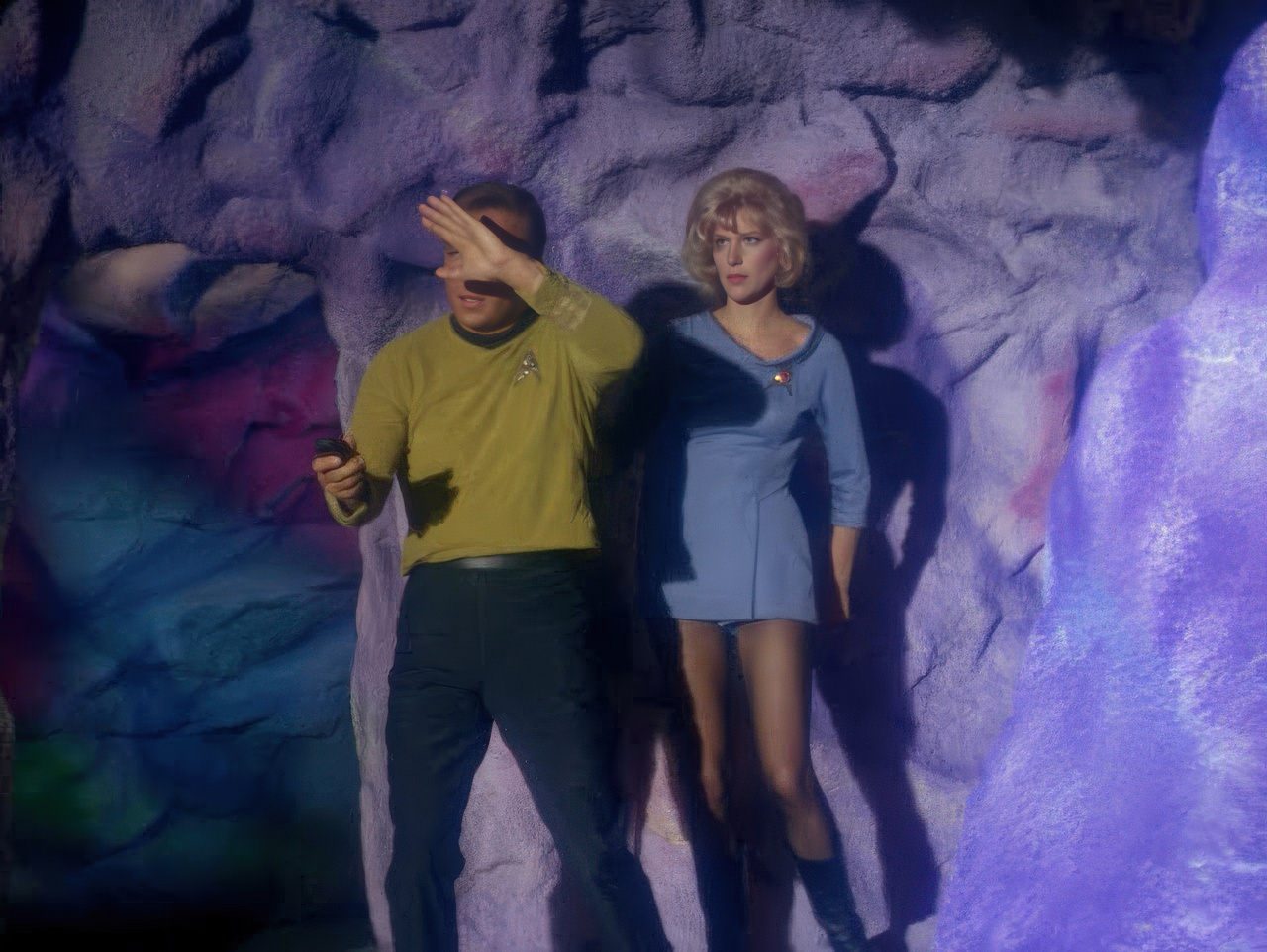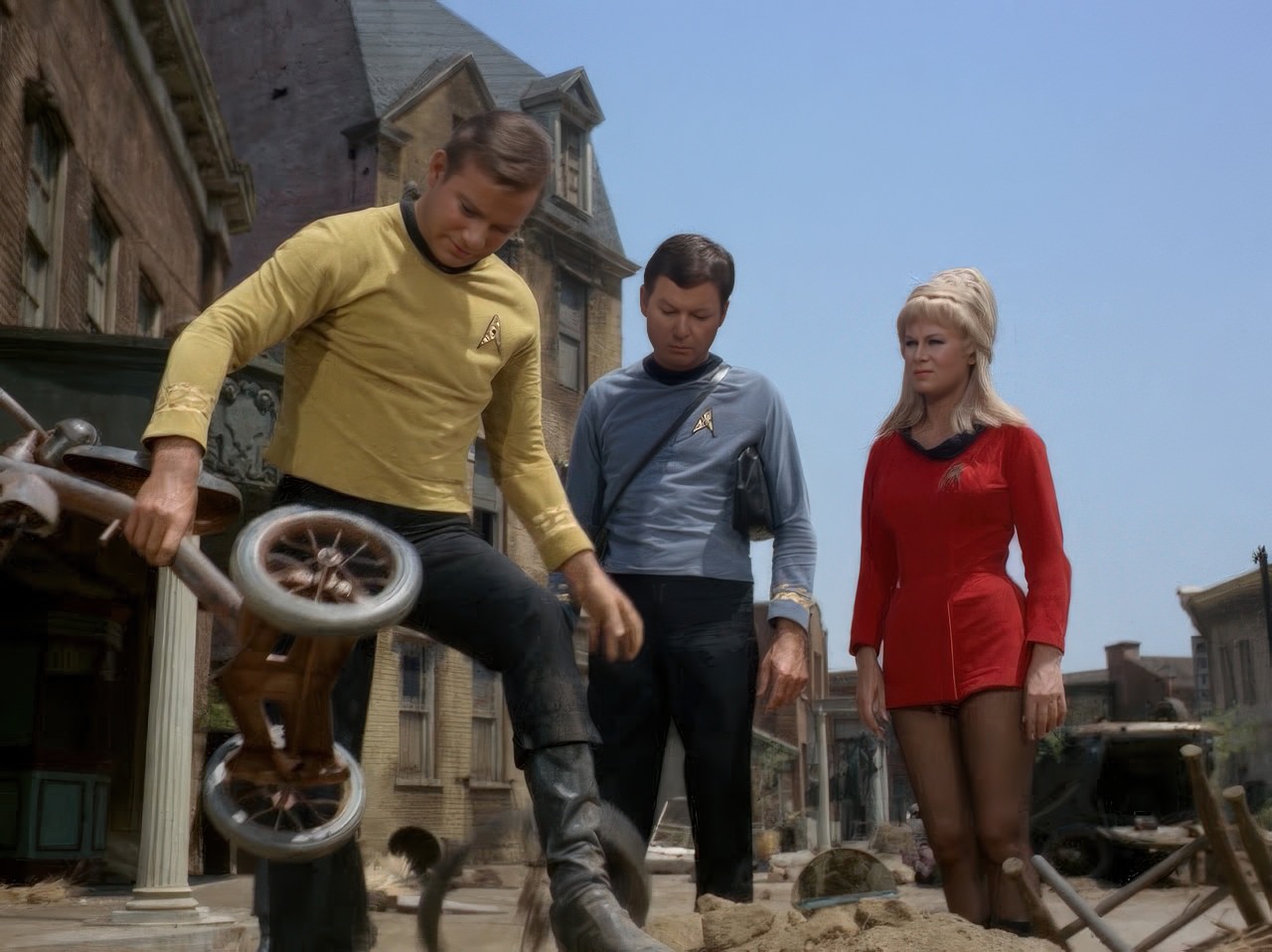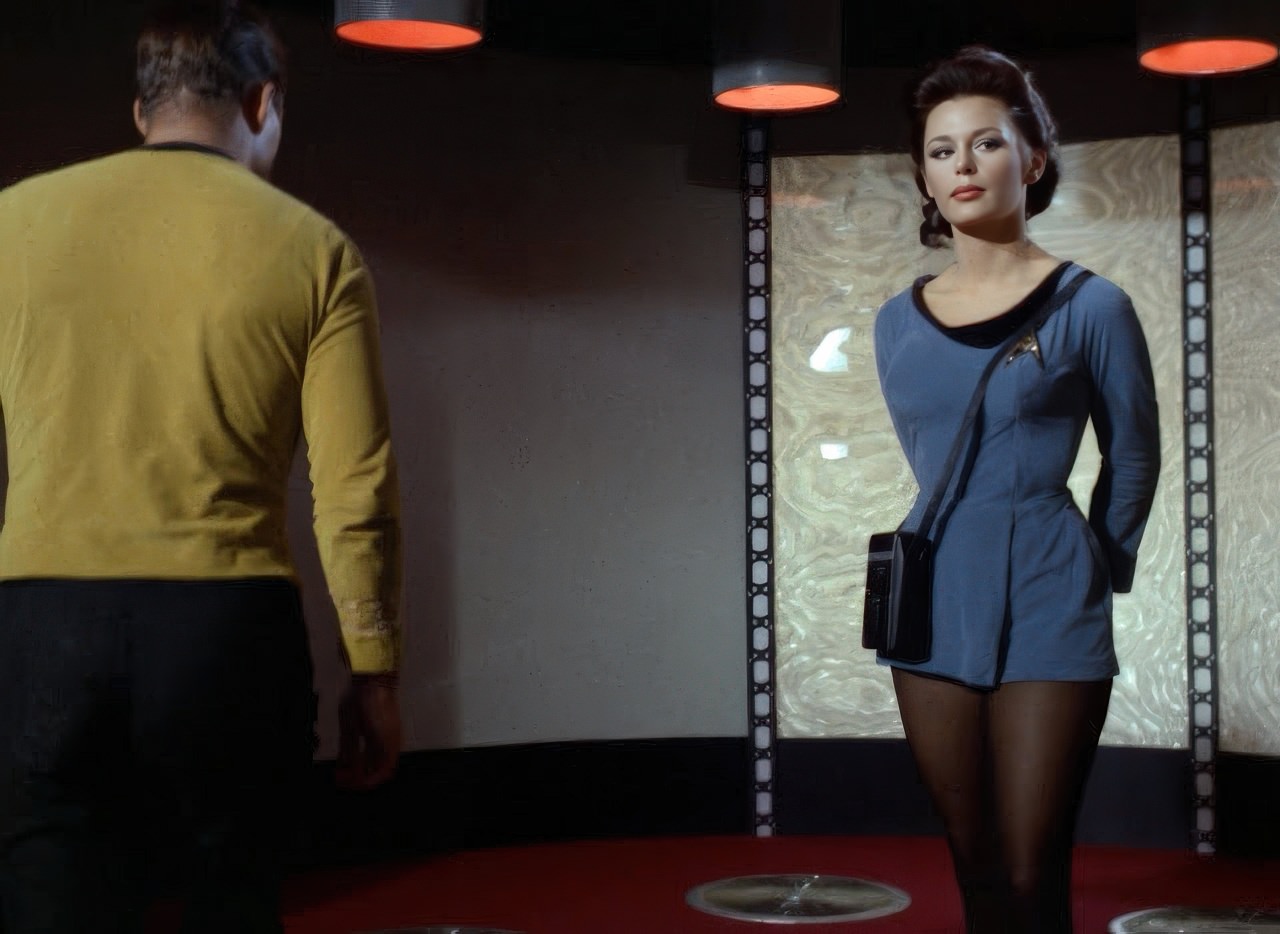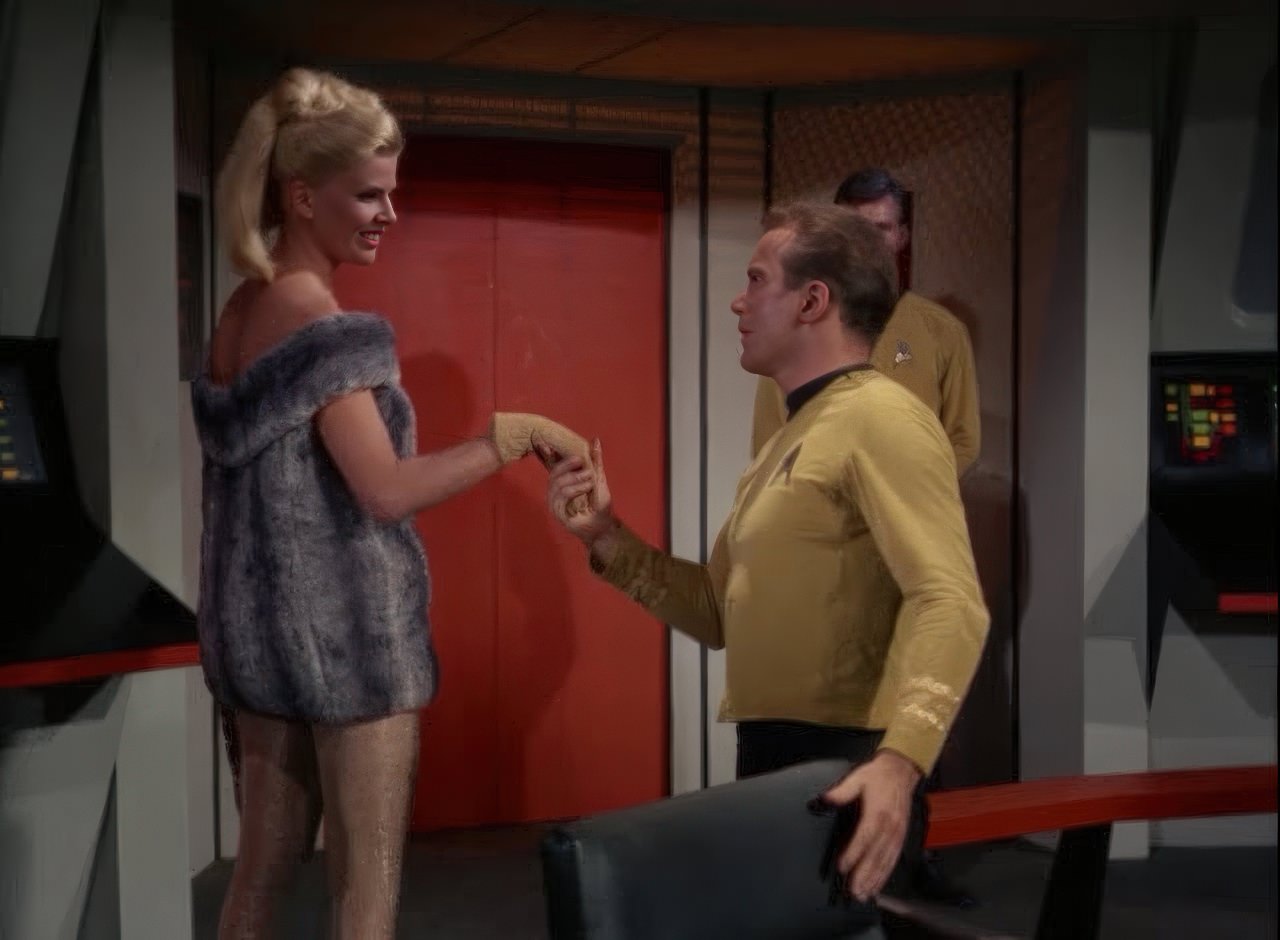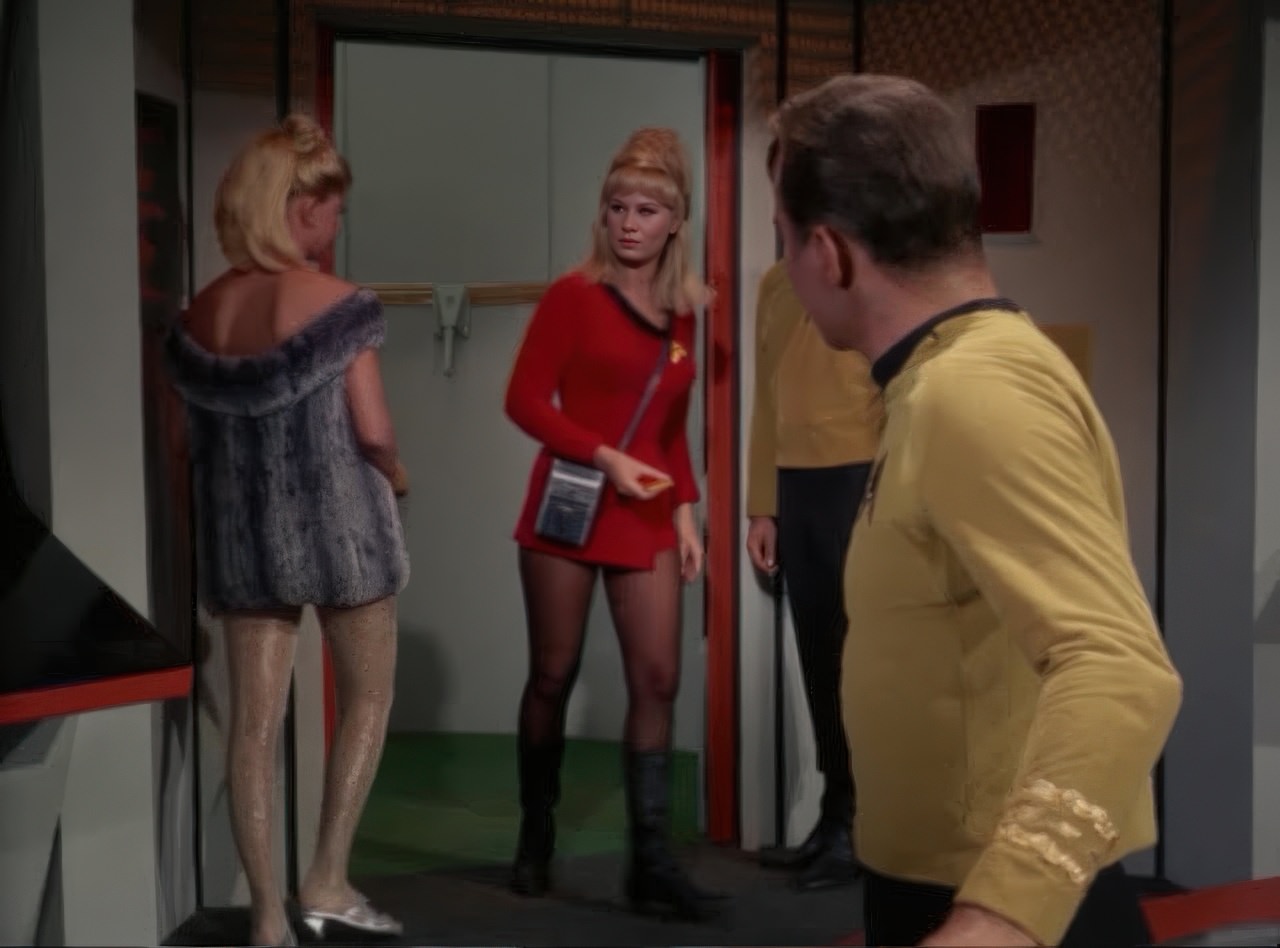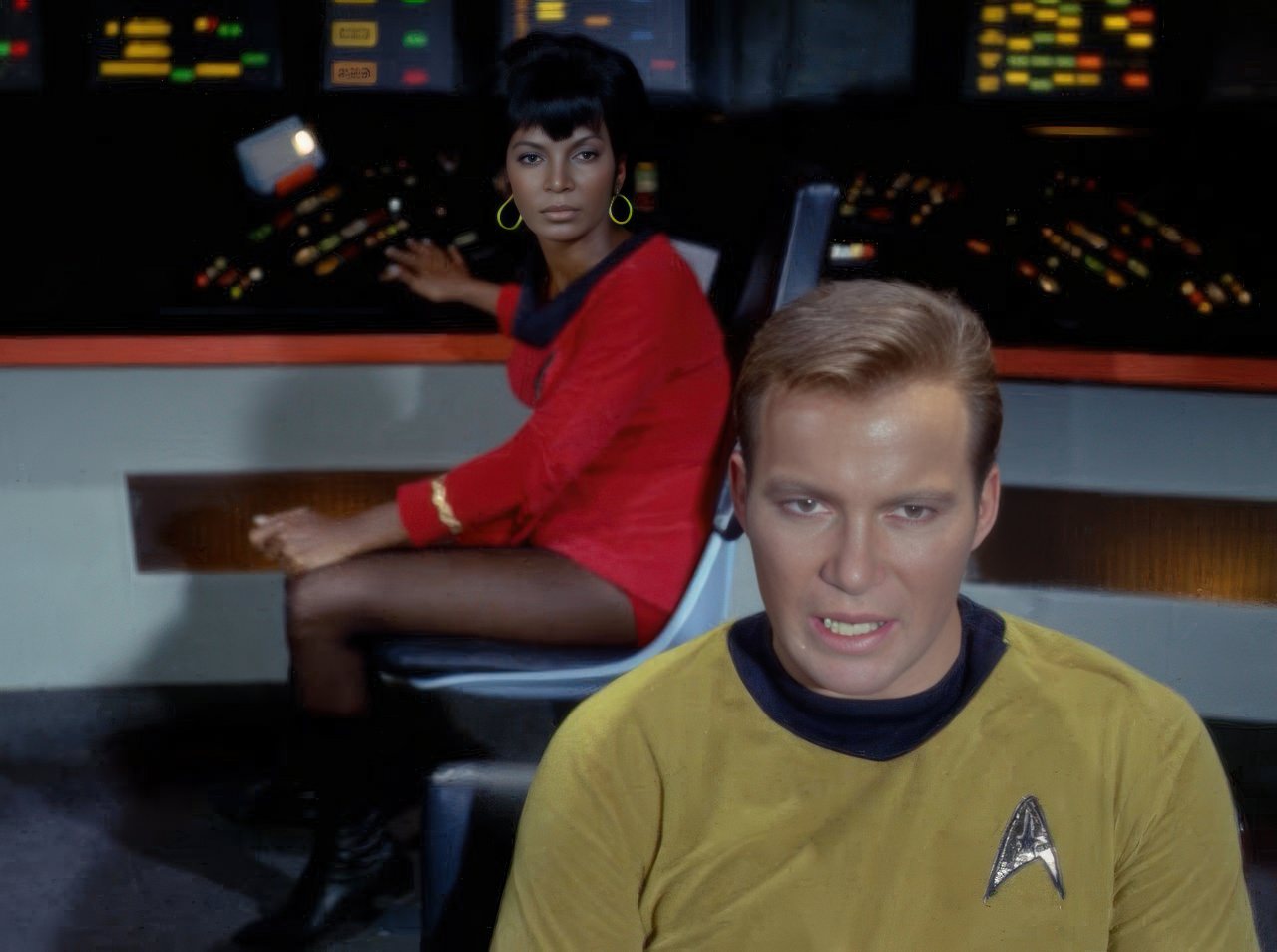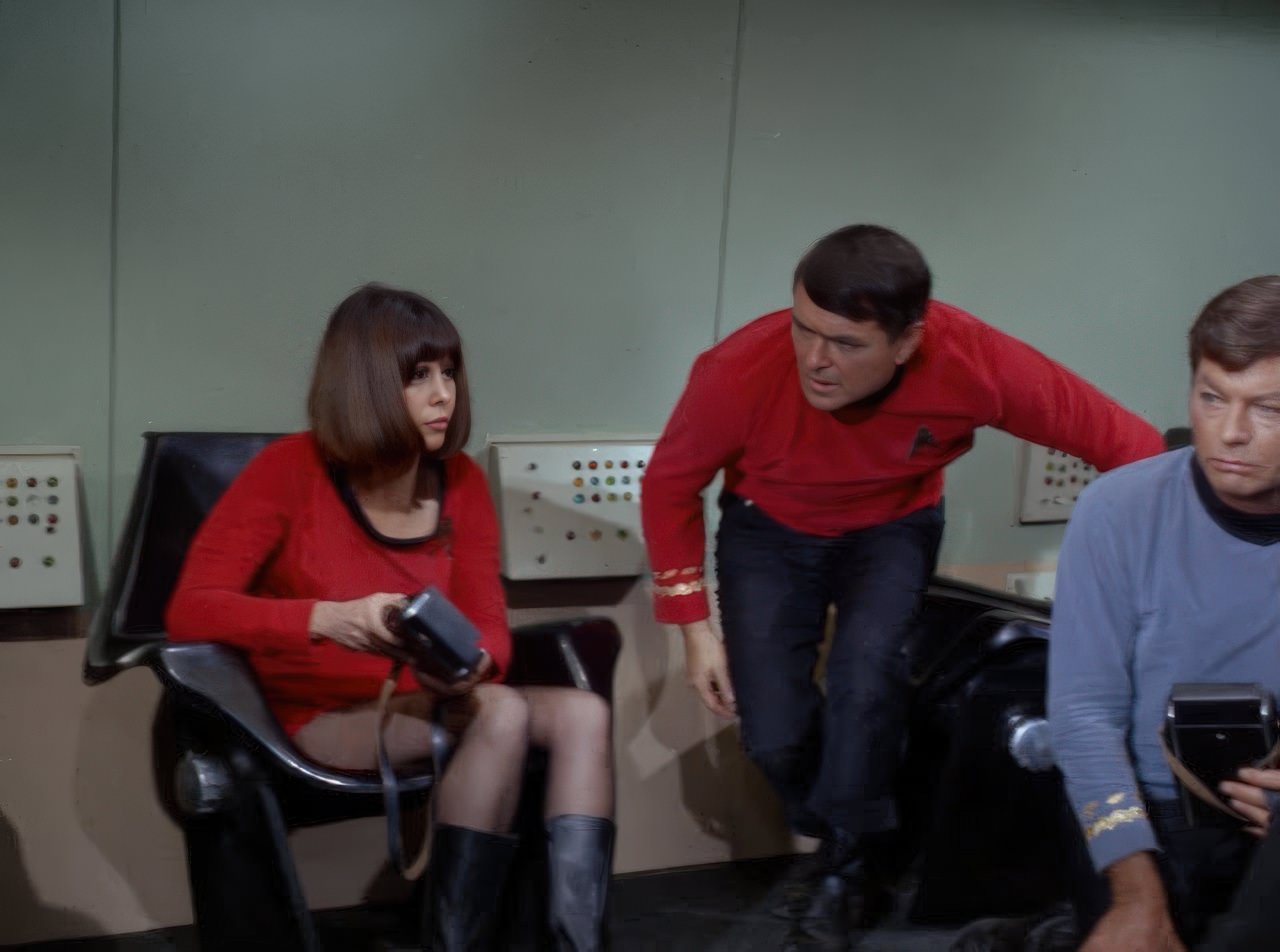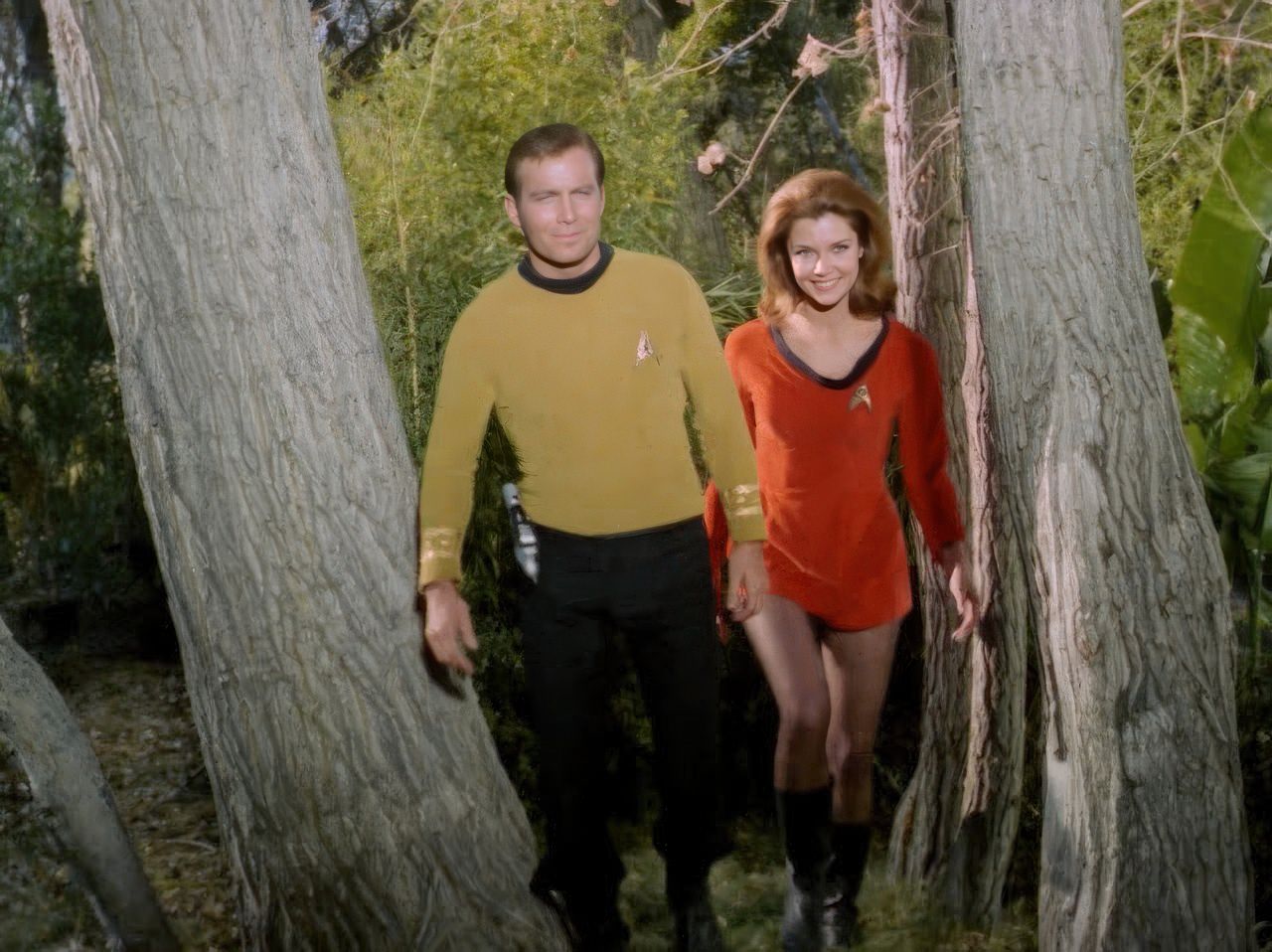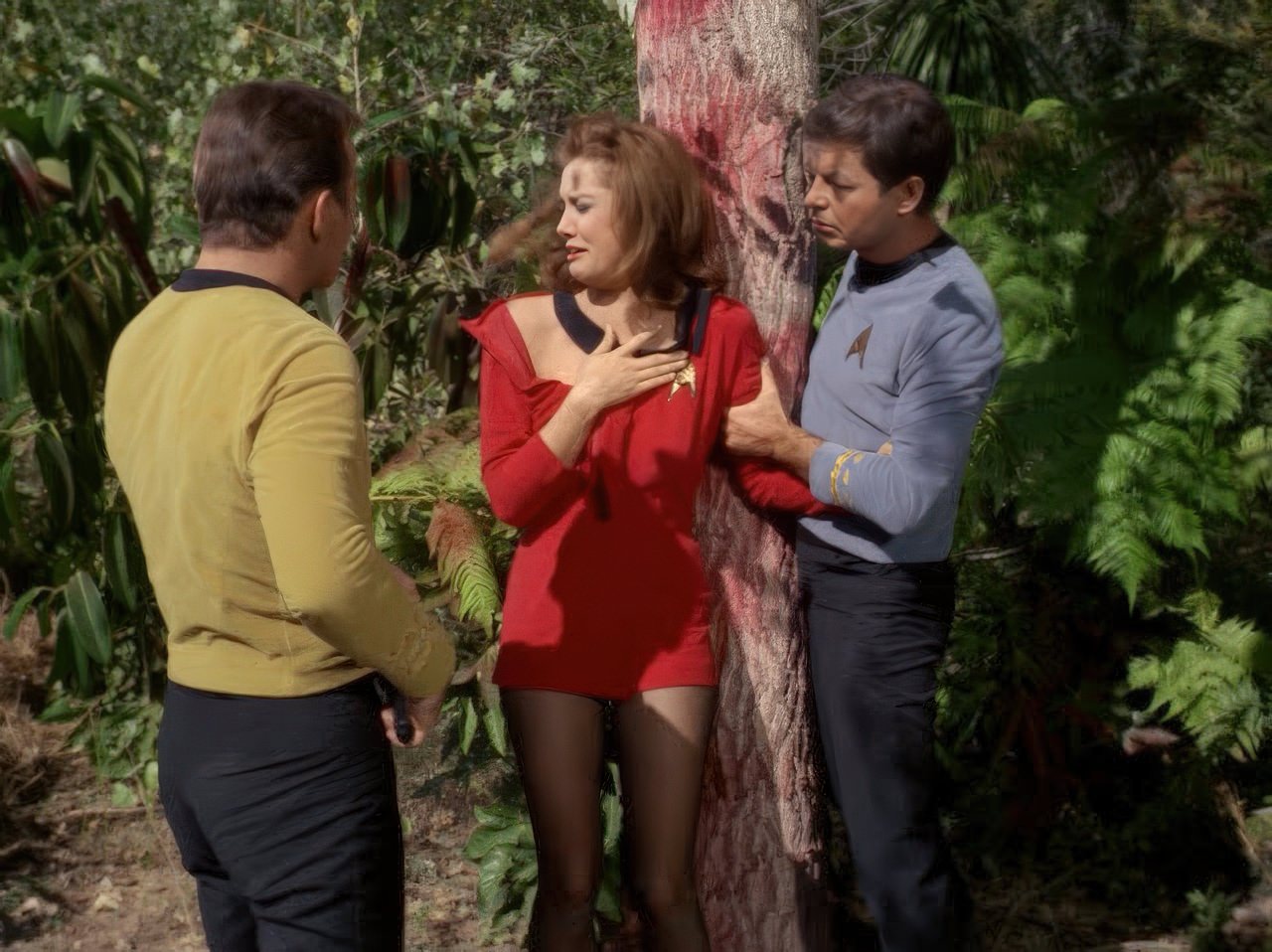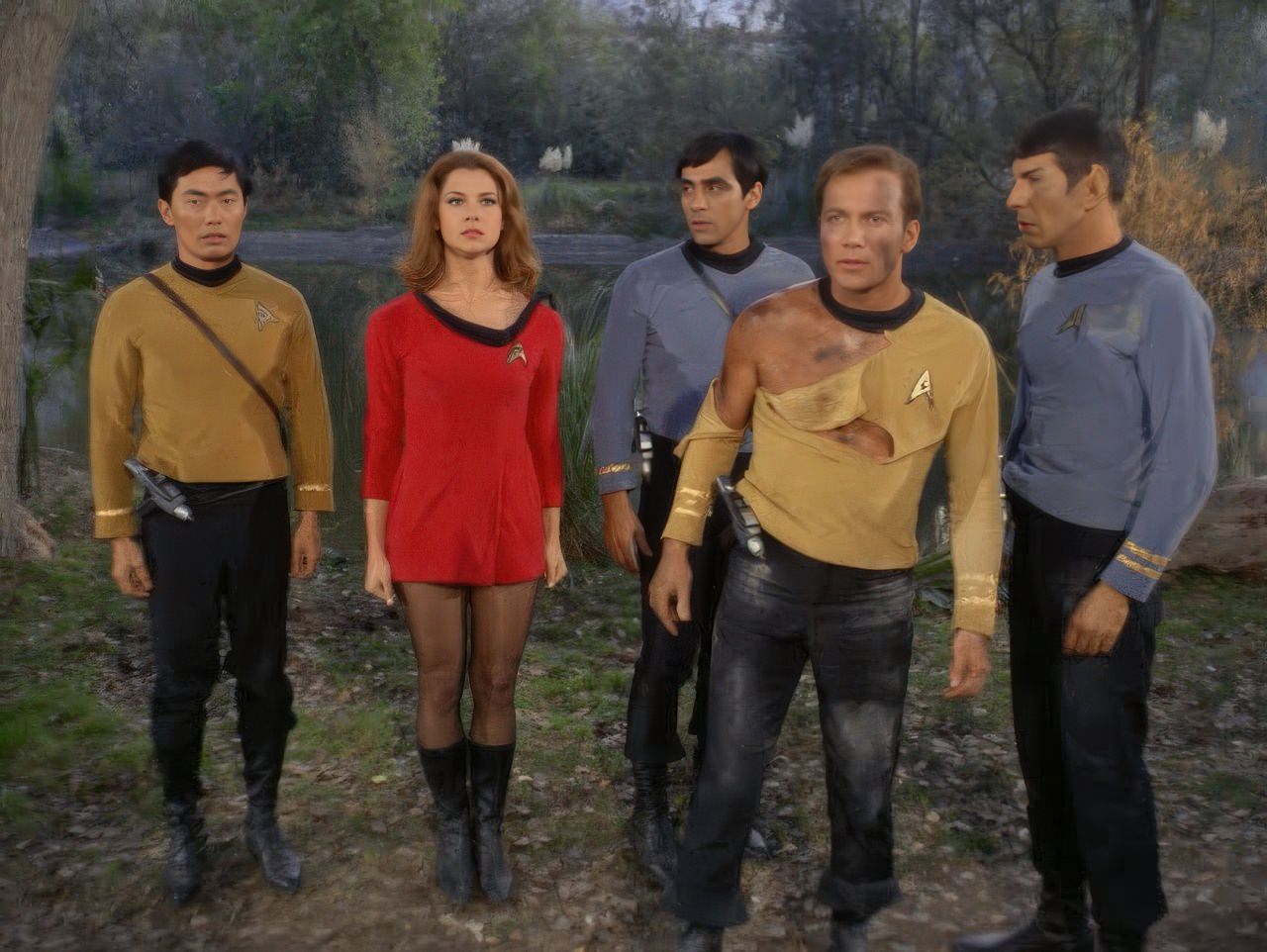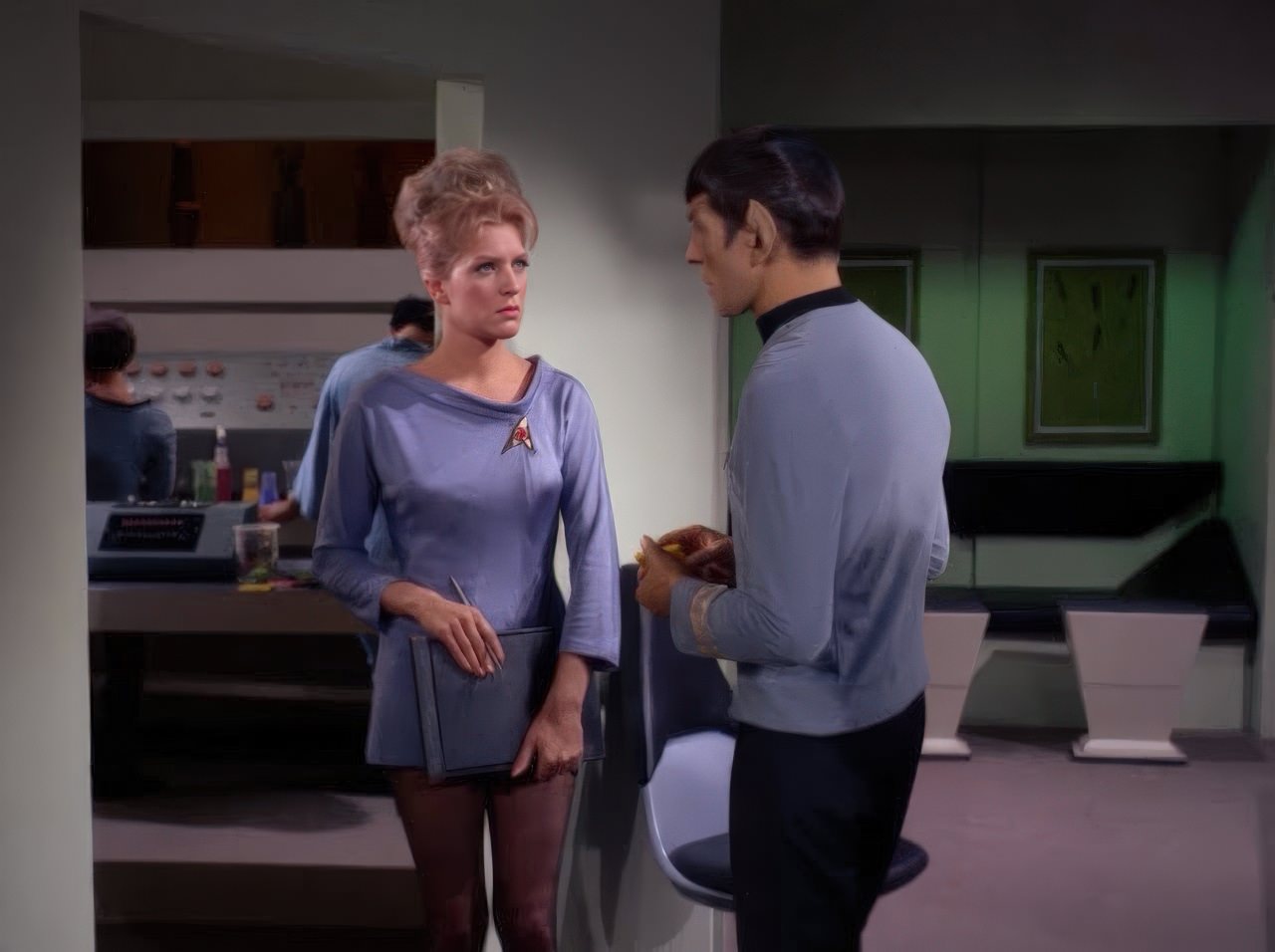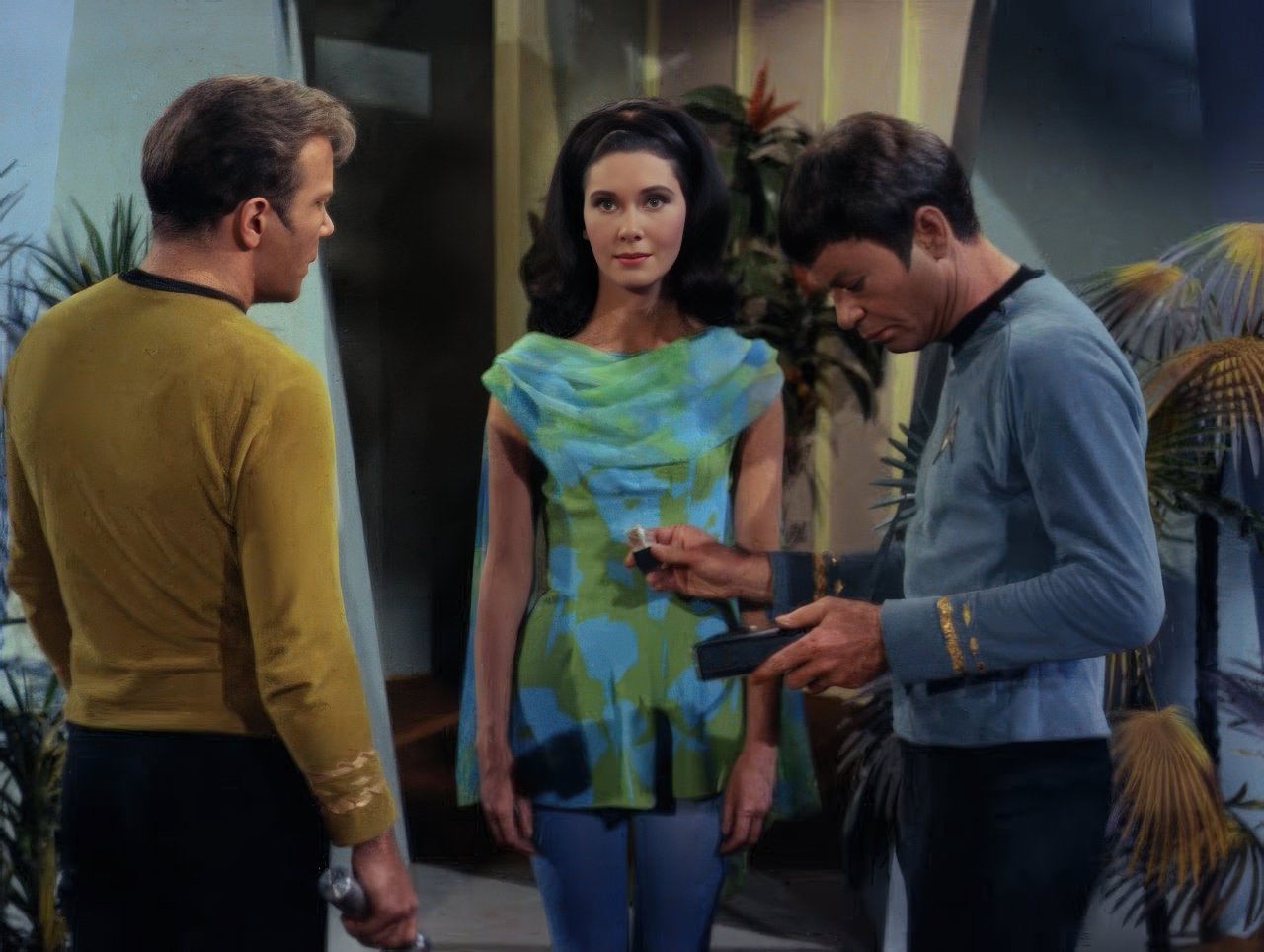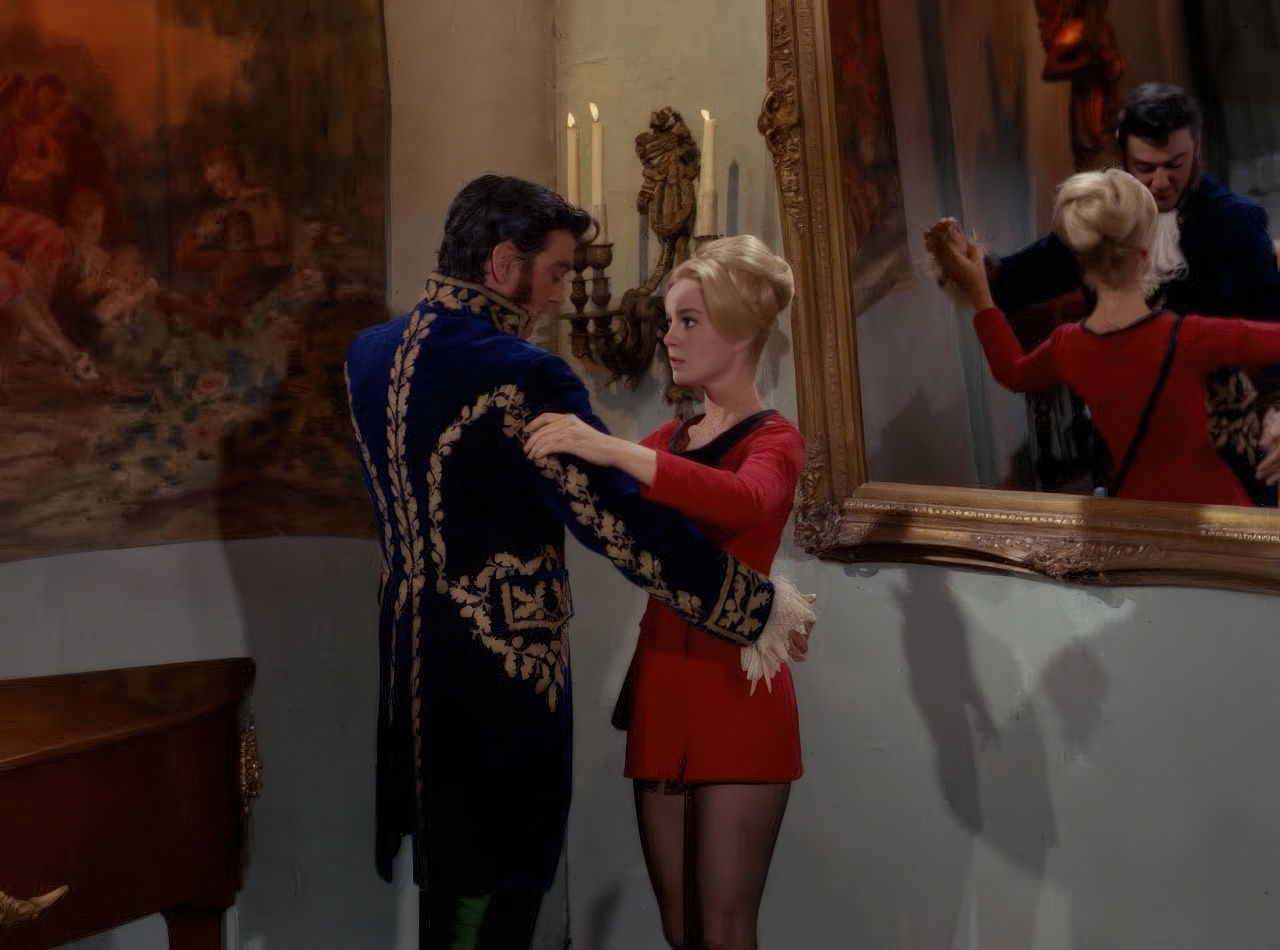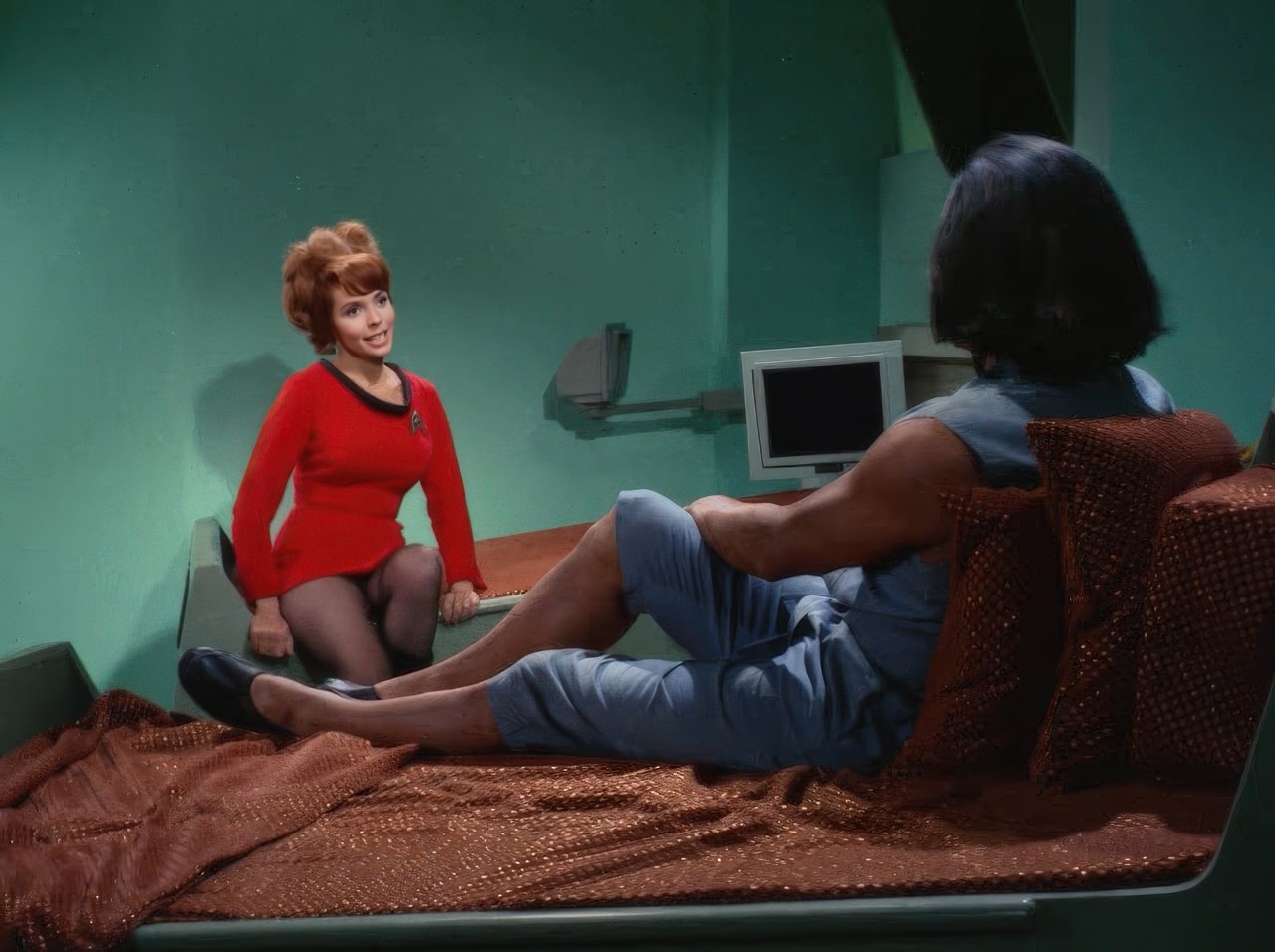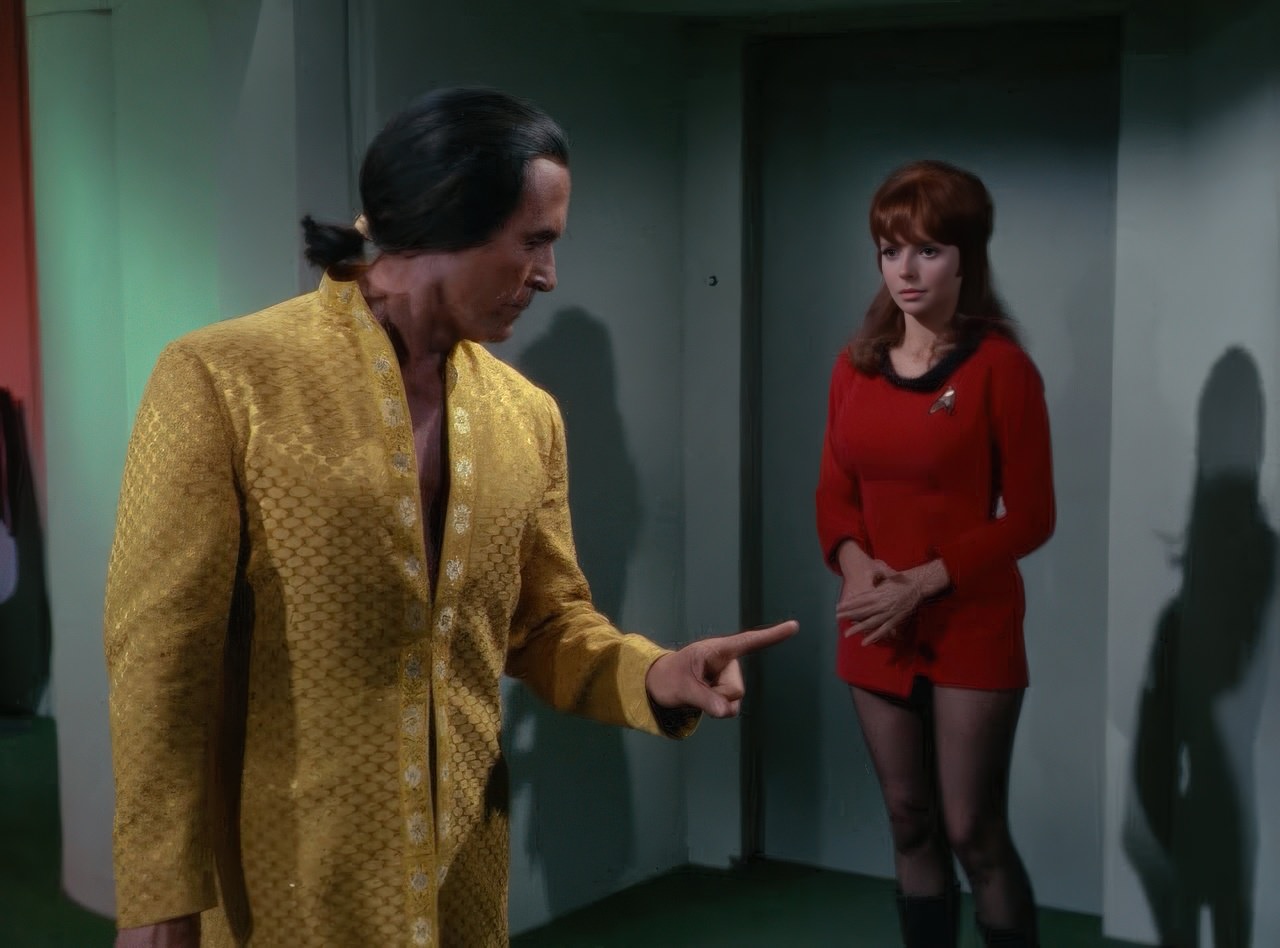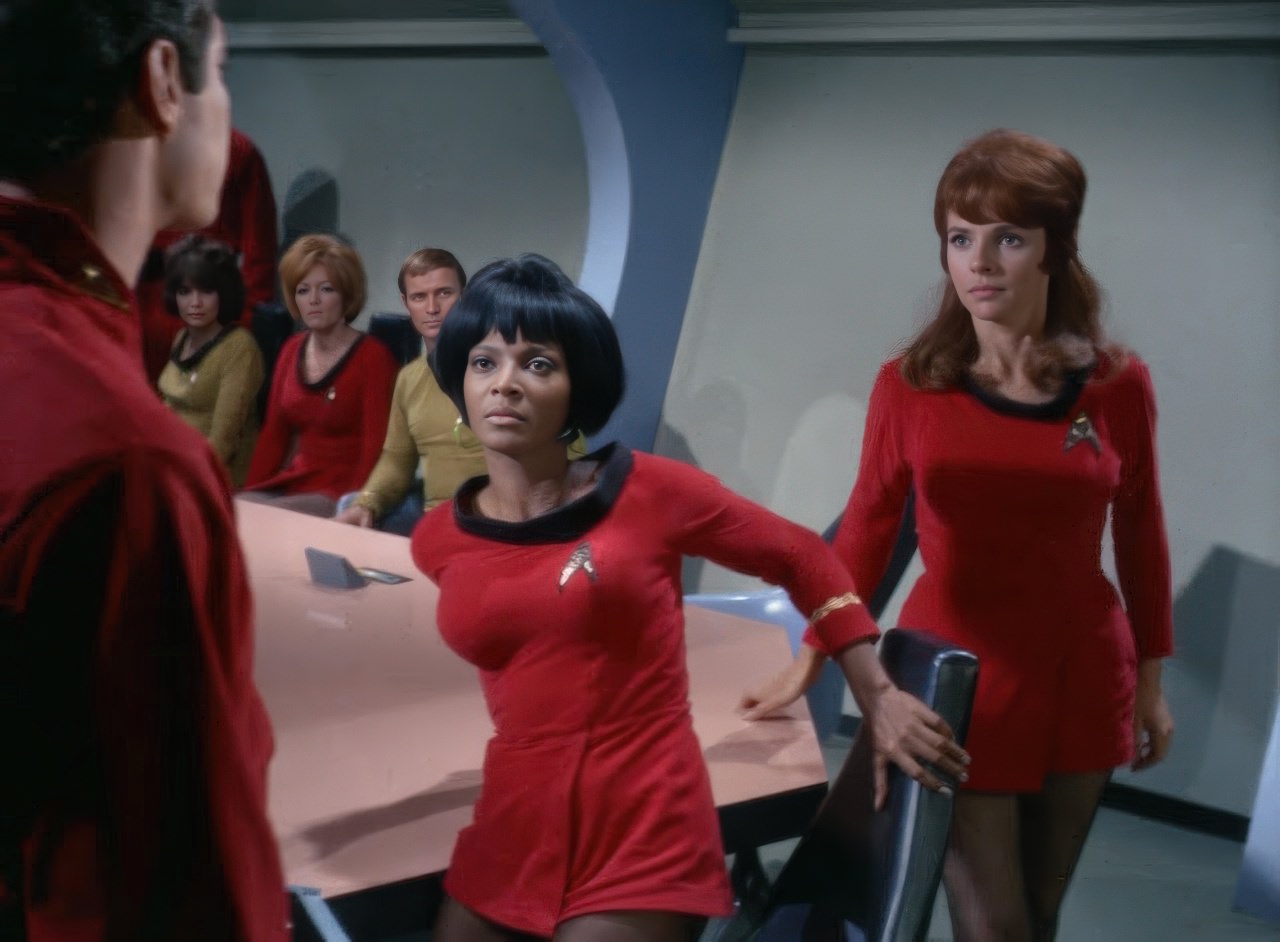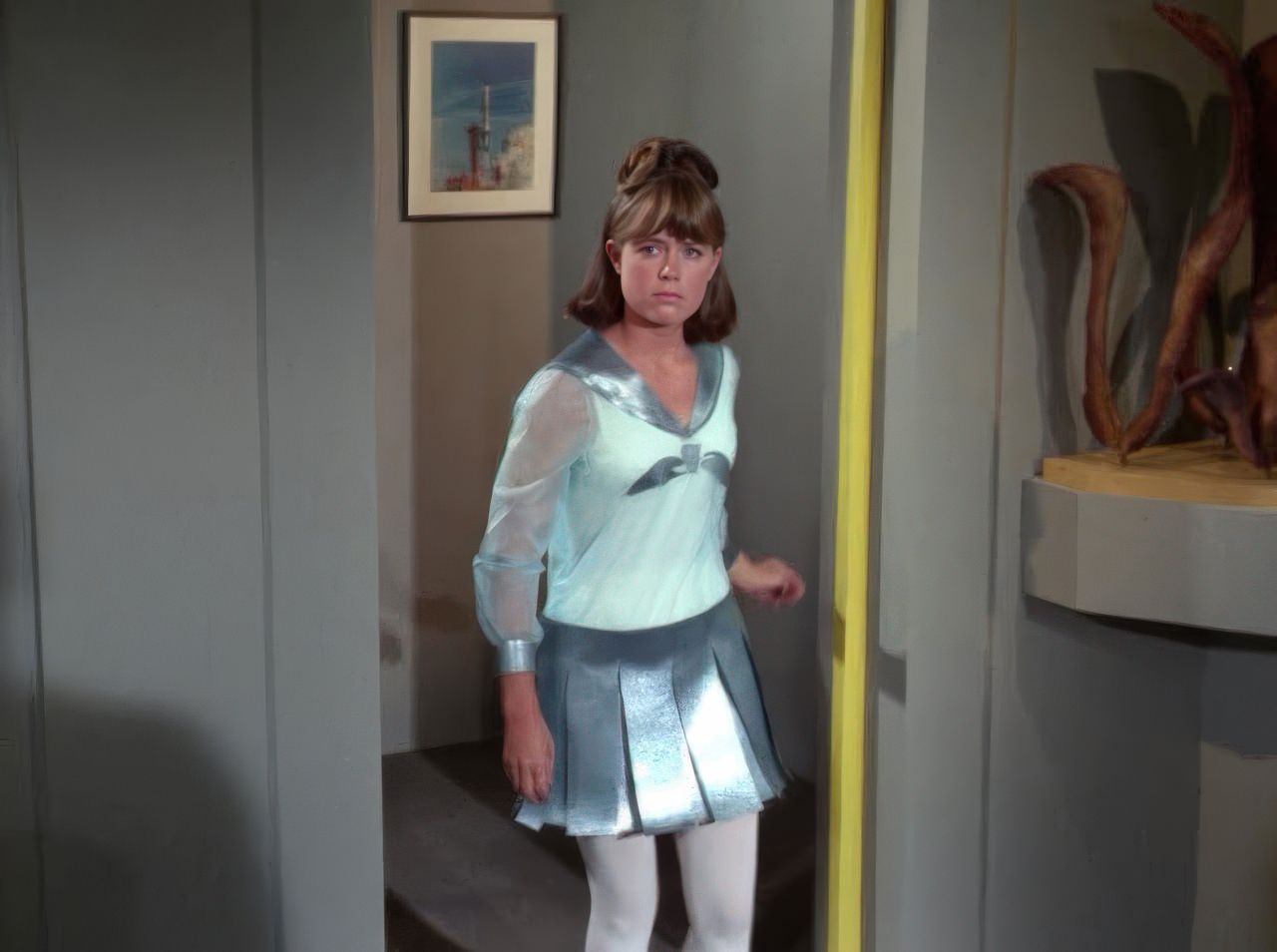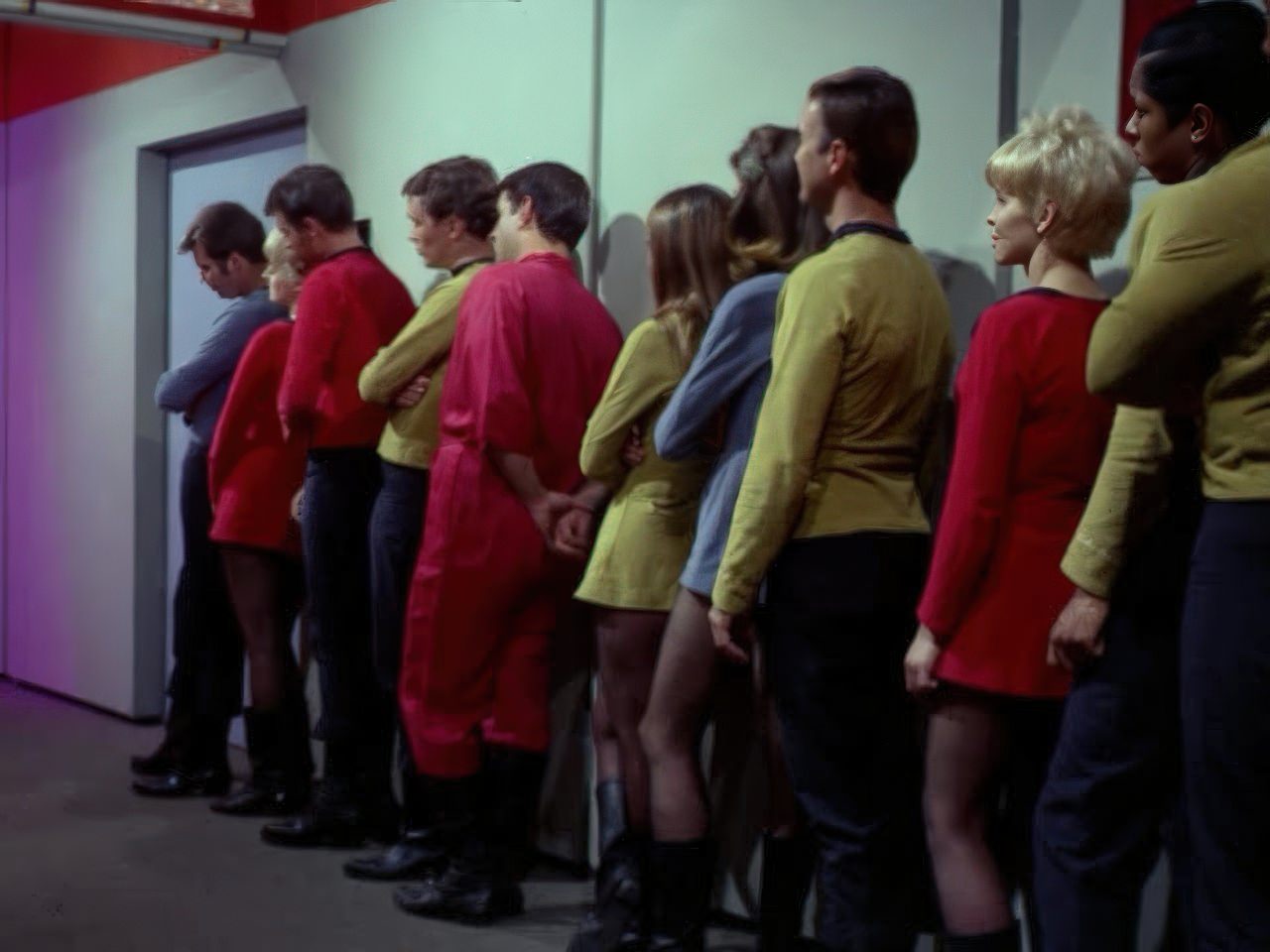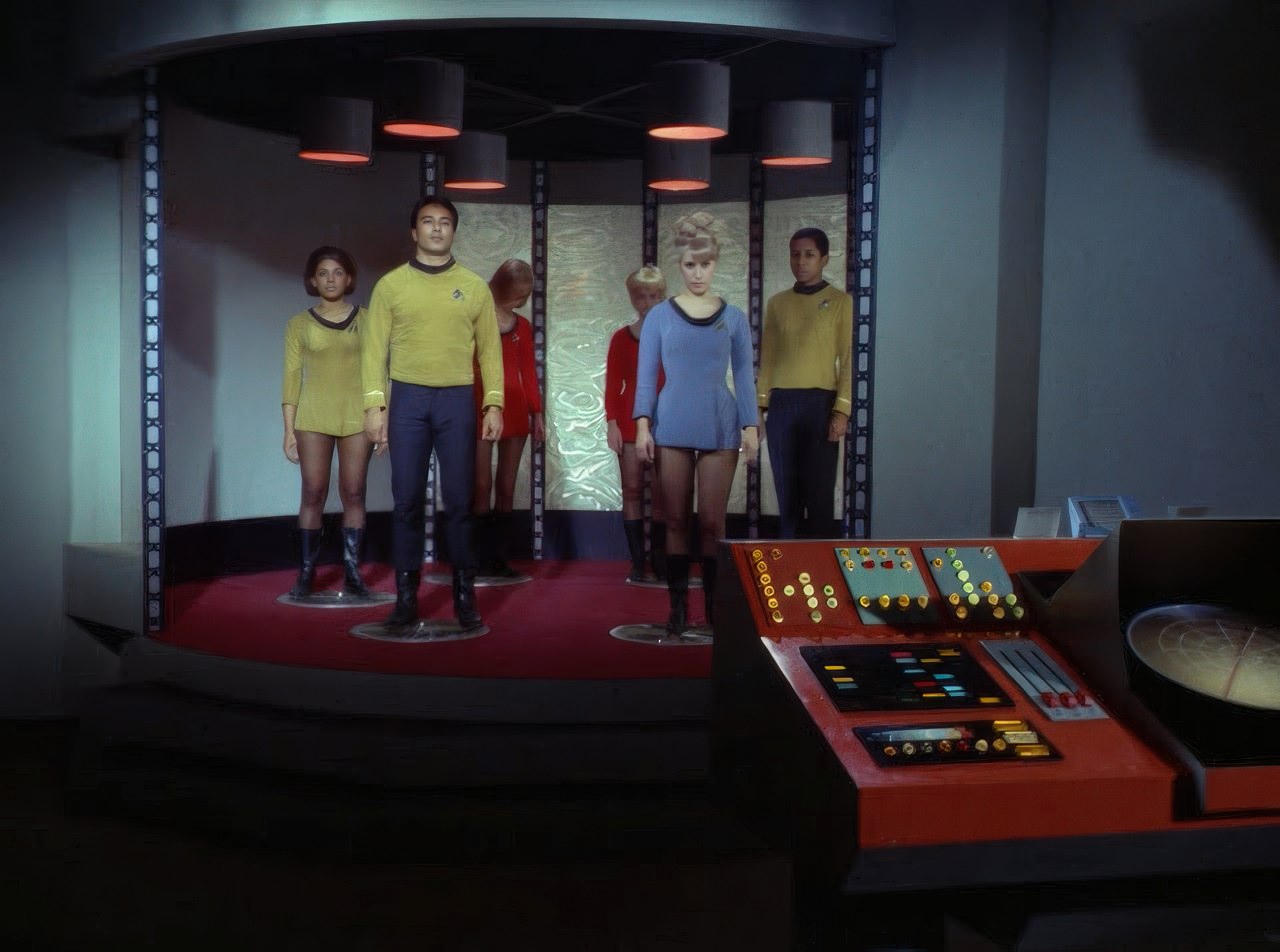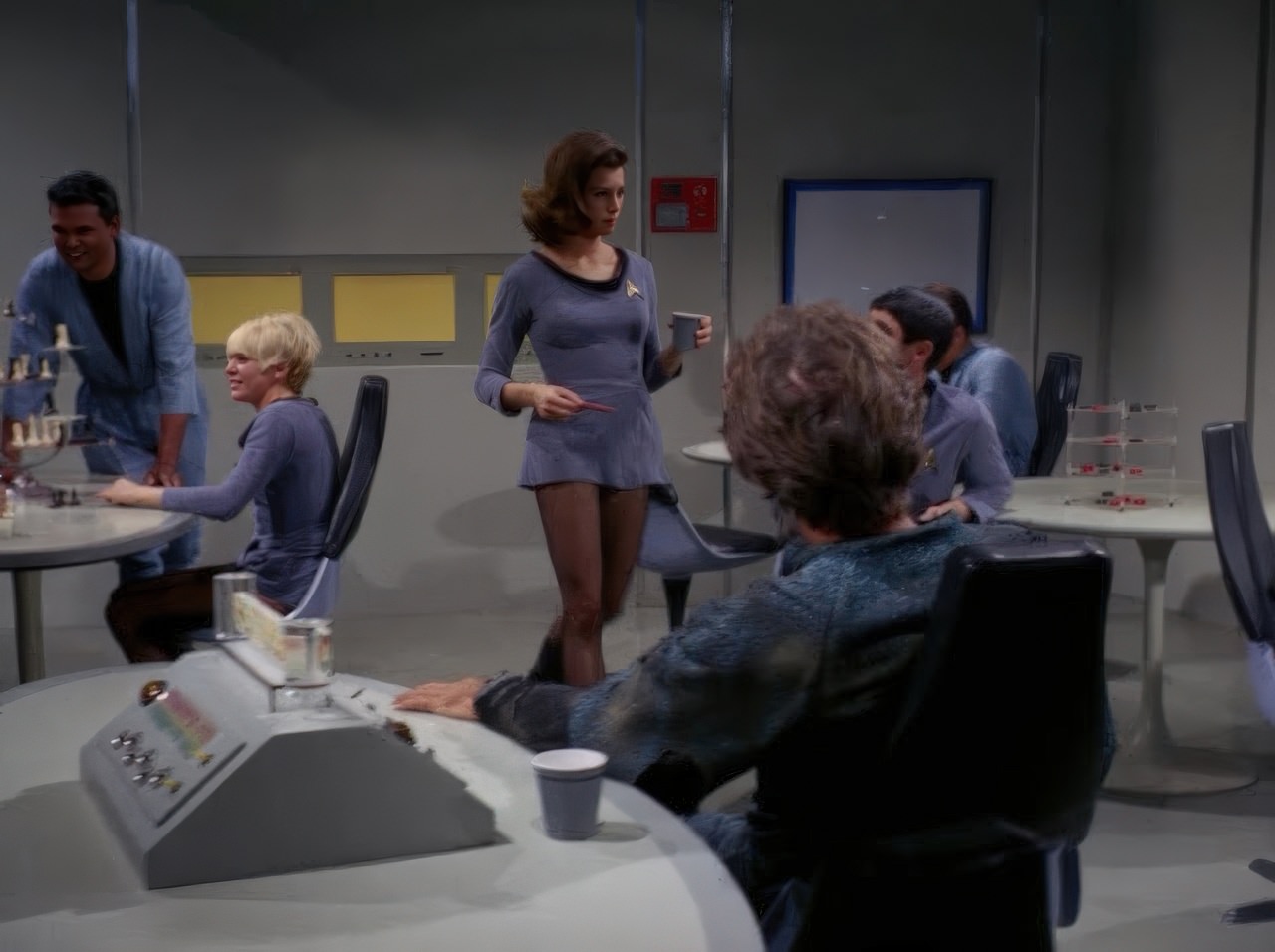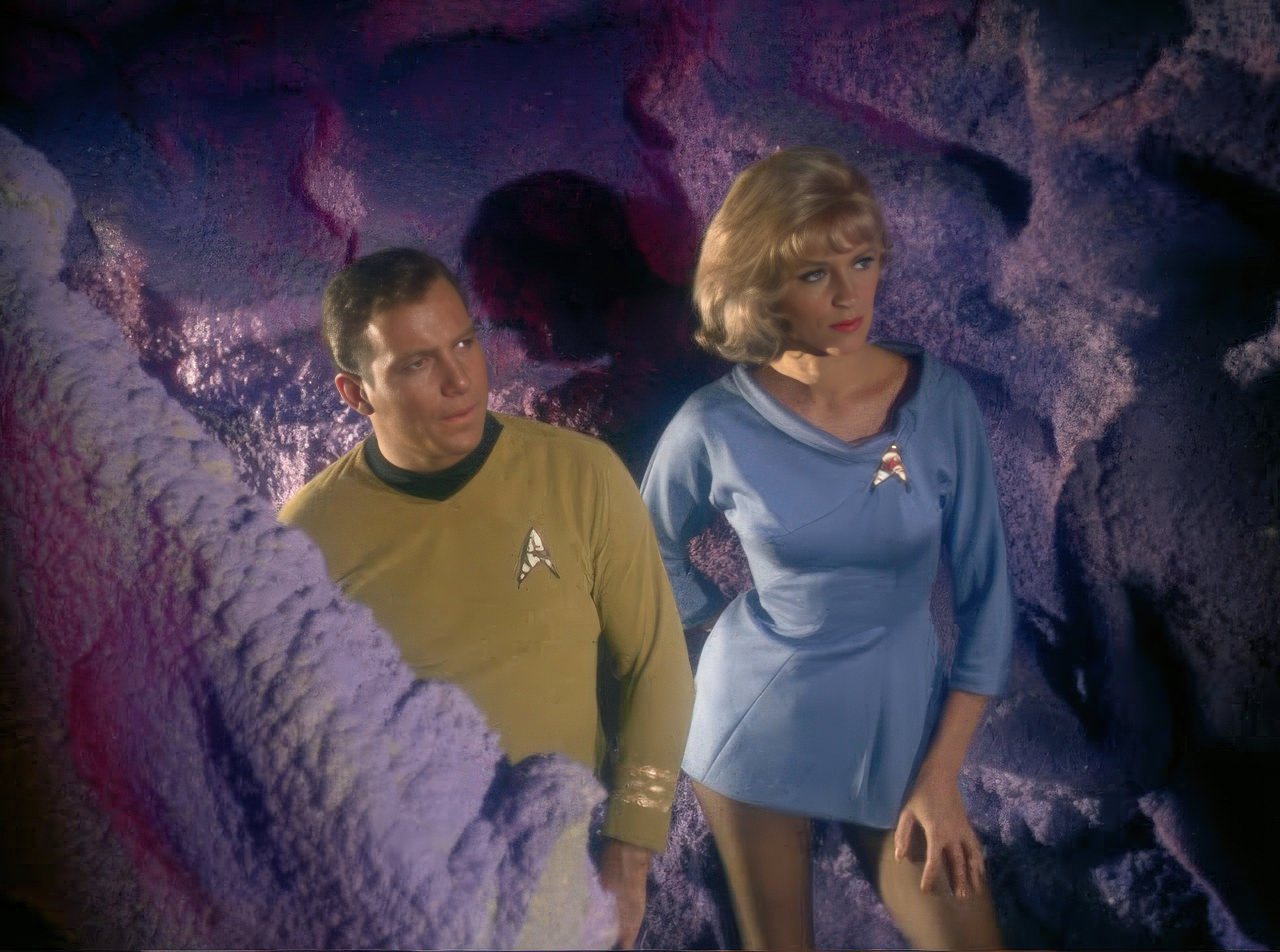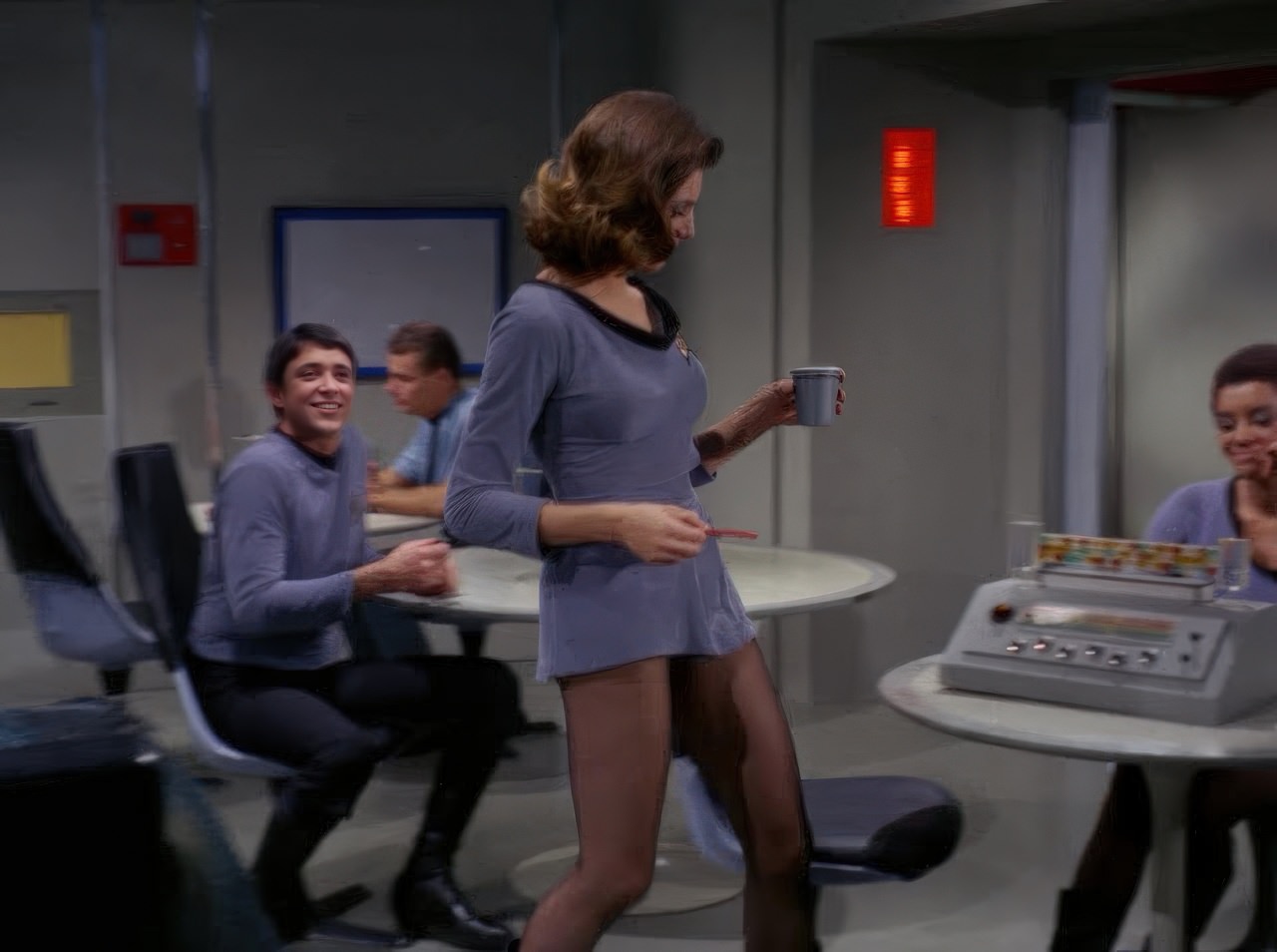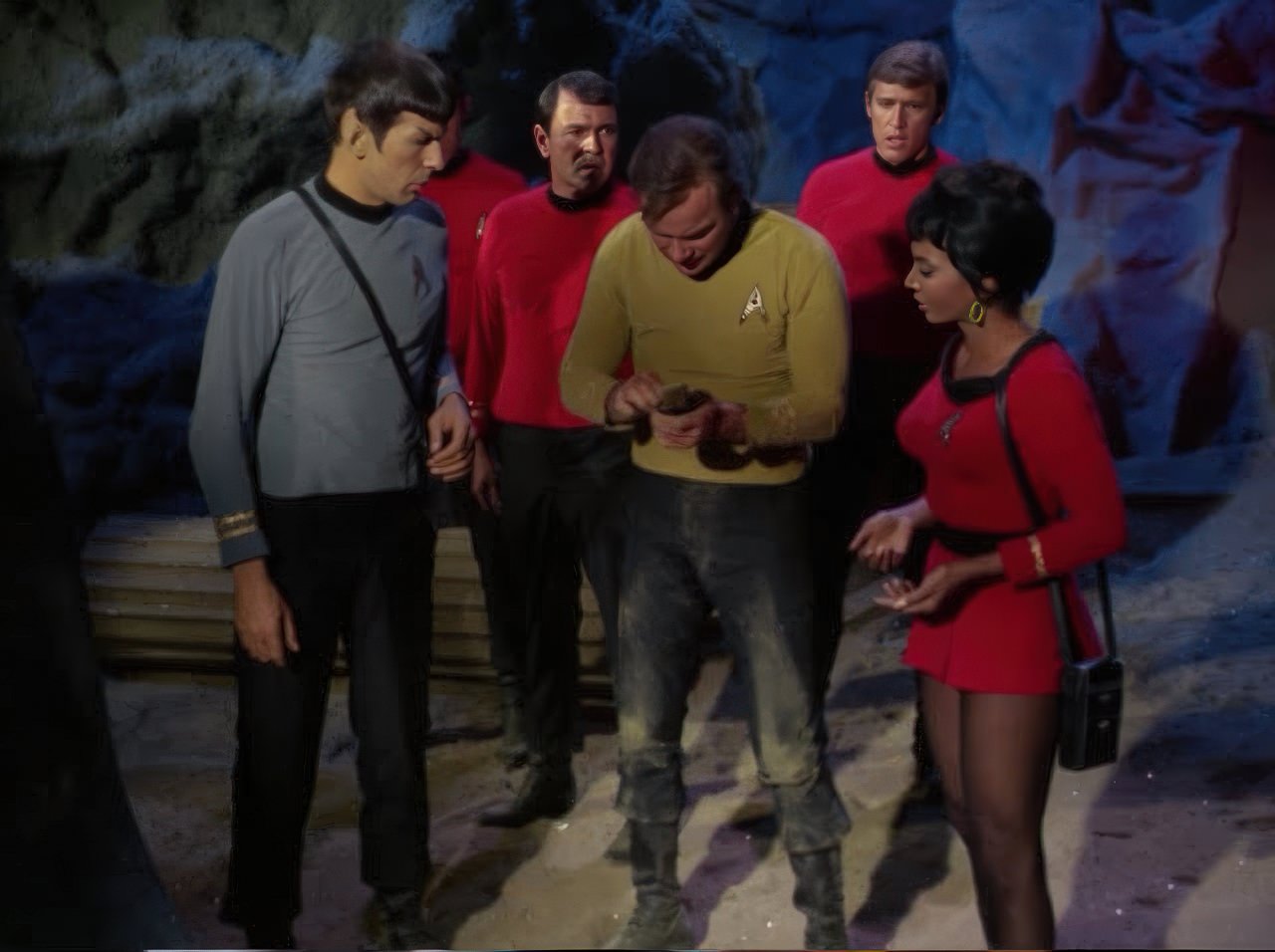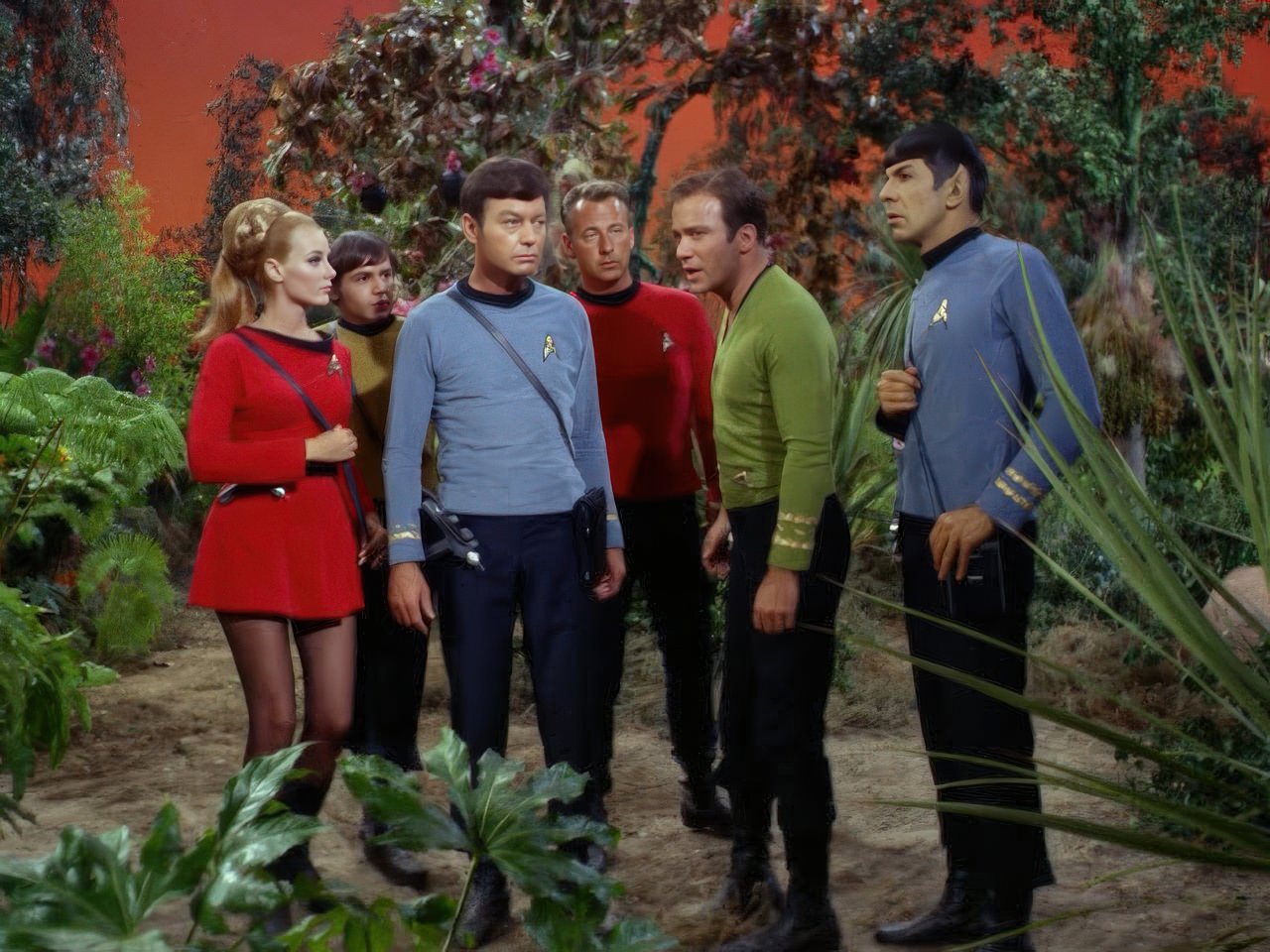The original ‘Star Trek’ television series, which premiered in 1966, left a lasting mark with its vision of the future, diverse crew, and memorable costume designs. Among the most frequently discussed elements of the show’s wardrobe were the short skirts incorporated into the standard duty uniforms for female Starfleet officers. This choice was notable because it reflected a bold and very current fashion trend emerging in the mid-1960s.
Designer and Fashion Context
The costumes for the original ‘Star Trek’ series were designed by William Ware Theiss, who was relatively early in his career at the time. The mid-1960s was a period of significant change in women’s fashion, most famously marked by the rise of the miniskirt. Hemlines were creeping up across the board, and even professional uniforms, like those worn by airline stewardesses, were becoming shorter and more fashion-conscious. The miniskirt itself was a brand-new, defining look of the era when Theiss was developing the Starfleet costumes. Some specific stylistic details, such as a flap on the front of the skirt or the checkerboard pattern seen in Yeoman Janice Rand’s distinctive hairstyle, reportedly echoed trends appearing in popular magazines like LIFE just before the show’s designs were finalized.
Read more
Reasons for the Short Skirts
The decision to feature miniskirts in the Starfleet uniforms likely stemmed from several factors converging at the time. Initial pilot episodes for ‘Star Trek’ had featured more unisex costumes, with both male and female crew members wearing velour tunics over black pants. According to accounts, the television studio requested that the costumes be made “sexier” for the regular series run. Separately, one story suggests that actress Grace Lee Whitney, who played Yeoman Rand, proposed the idea of shorter skirts herself. Her reasoning was reportedly tied to creating an “undercurrent of suppressed sexuality” in the interactions between her character and Captain Kirk. Whether driven primarily by studio notes or actress suggestion, enhancing the visual appeal of the female characters according to contemporary standards was part of the design process.
Theiss’s Design Philosophy
William Ware Theiss is sometimes associated with a design concept known as the “Theiss Titillation Theory.” This theory suggests that costumes can create allure less by the amount of skin revealed and more by creating a ‘suggestion’ or risk that the costume might shift or fall off – a sense of precariousness. While this idea might have been more overtly applied to the often very revealing and seemingly structurally questionable outfits Theiss designed for many female ‘guest stars’ appearing on ‘Star Trek’, the standard Starfleet women’s duty uniforms looked comparatively practical and secure in their construction, even with their short length.
The Starfleet Uniform Look
The common uniform for women serving aboard the Starship Enterprise consisted of a brightly colored tunic top, indicating their division (gold for command, blue for sciences/medical, red for operations/engineering/security). This tunic was worn over thick black tights or leggings, usually paired with black boots. The notable feature was the short skirt, matching the color and fabric of the tunic, creating a unified, functional look appropriate for a futuristic military-style organization, albeit one reflecting 1960s fashion sensibilities. Key female characters, including Lt. Uhura (Nichelle Nichols), the ship’s communications officer, and Yeoman Janice Rand (Grace Lee Whitney), were regularly seen in this uniform style during their time on the show.
Years after ‘Star Trek’ originally aired, the miniskirt uniforms became a point of discussion, particularly among feminist critics. Some viewed them negatively as a symbol of sexism within the show, arguing that the female characters were required to wear impractical or overly revealing clothing. However, accounts suggest that perceptions during the mid-1960s, when miniskirts were a new and popular fashion choice embraced by many women as modern and liberating, may have been different. Nichelle Nichols, whose portrayal of Lt. Uhura was itself a groundbreaking role for African American women on television, later discussed her own perspective on wearing the uniform in her autobiography.


